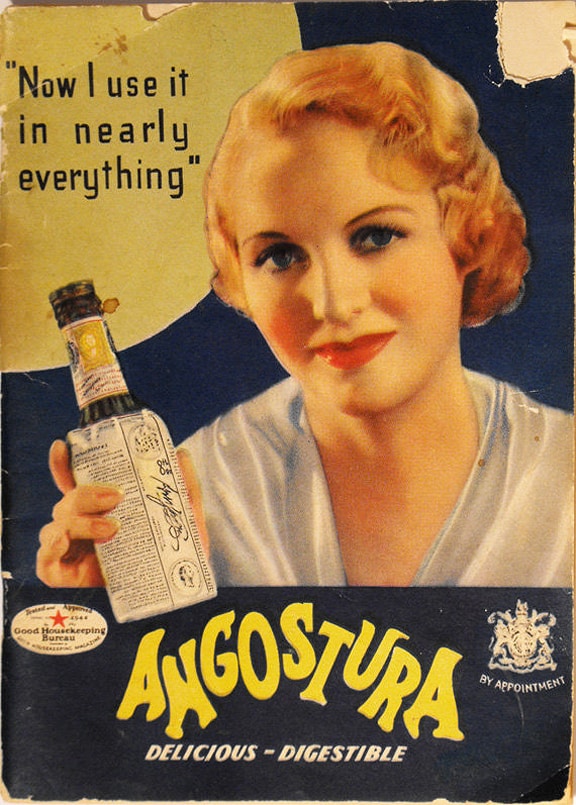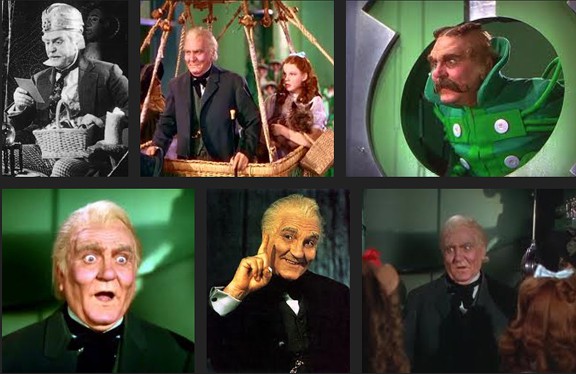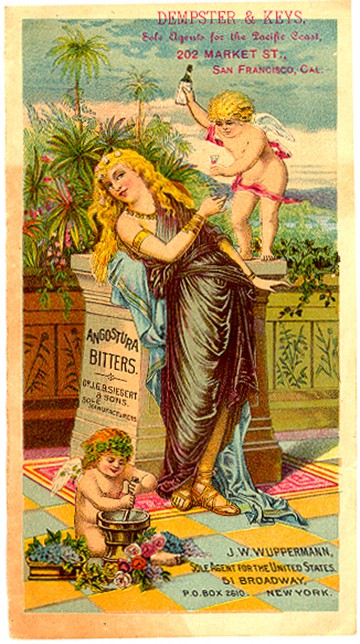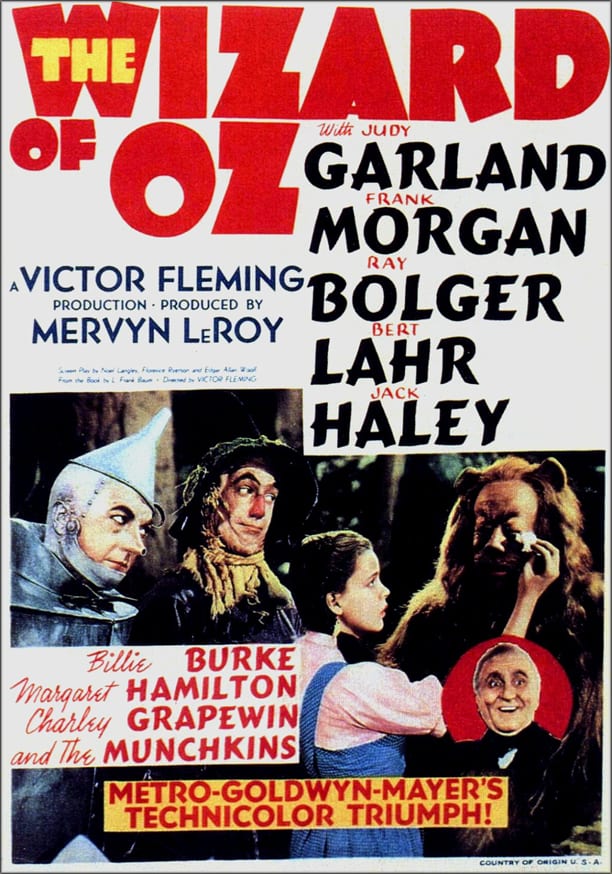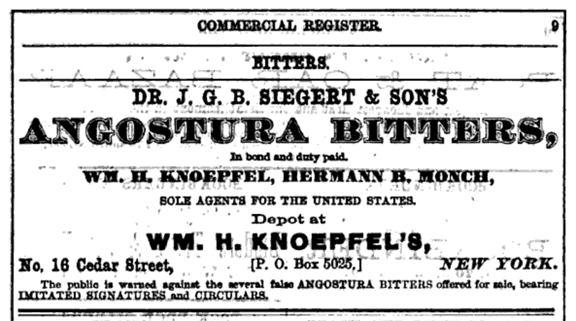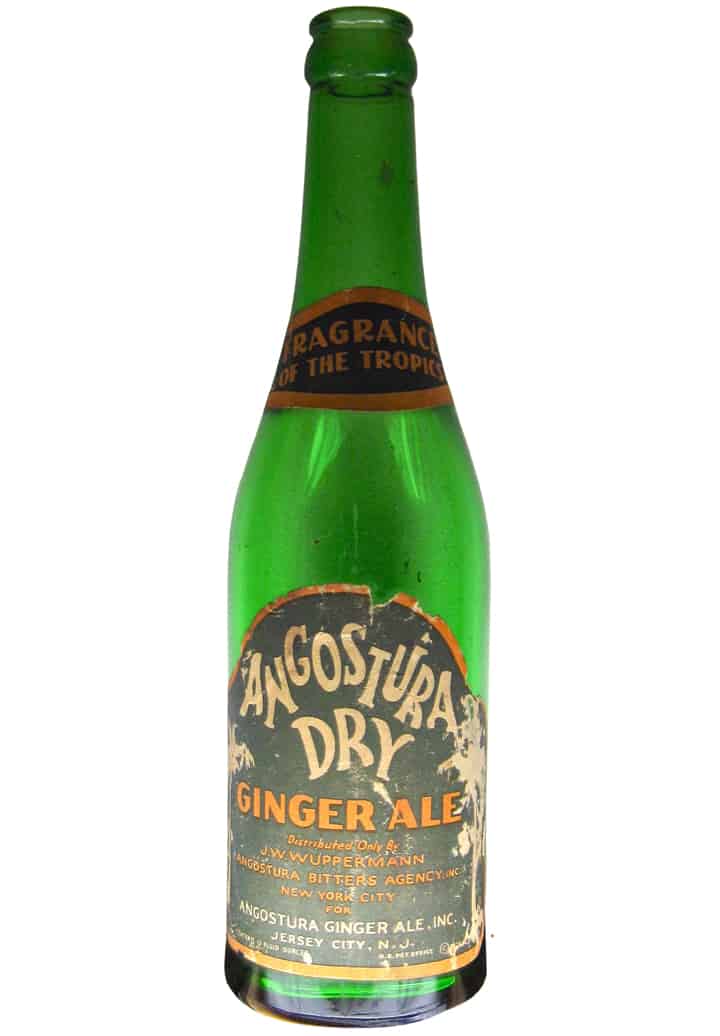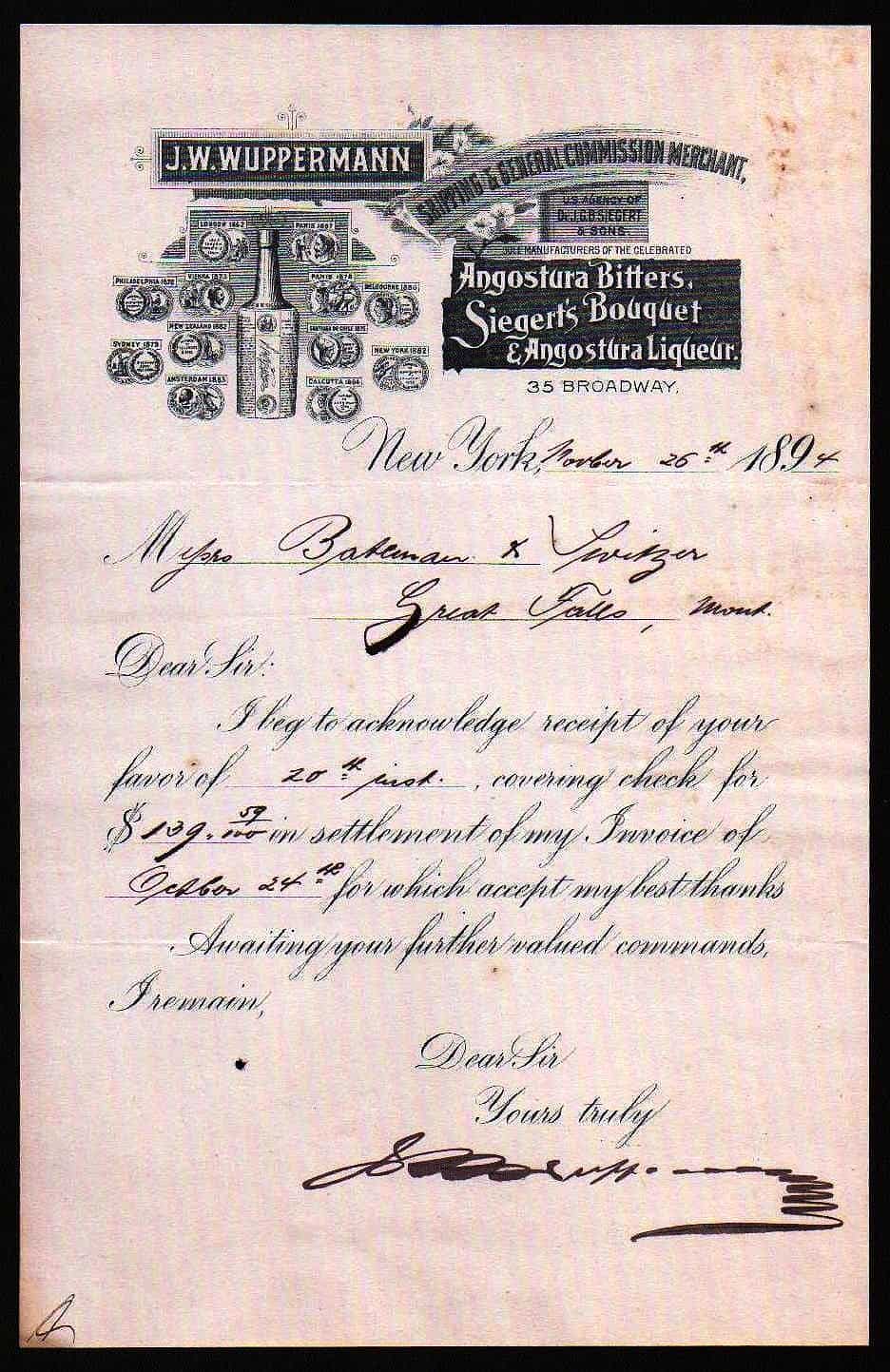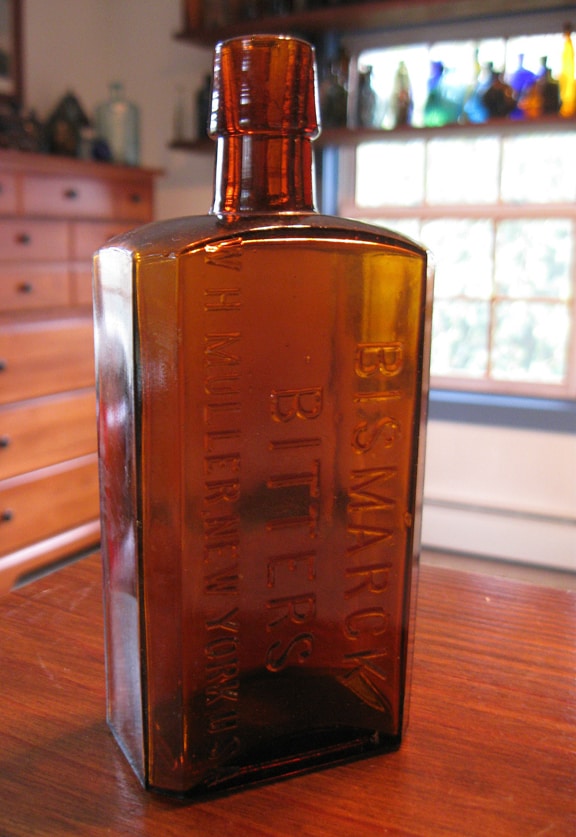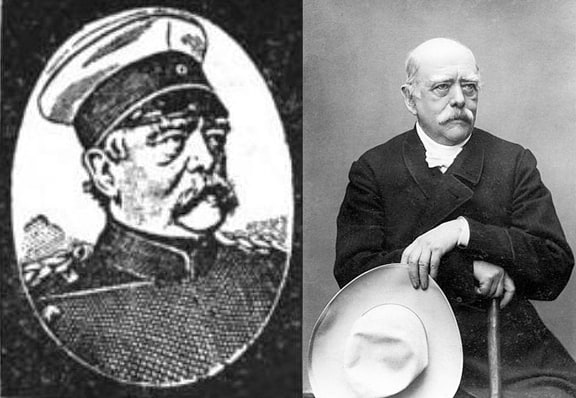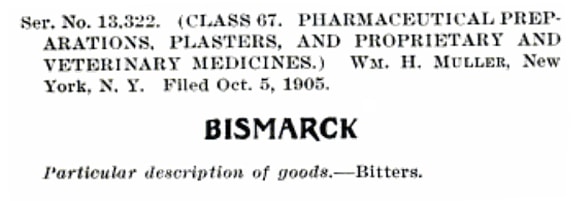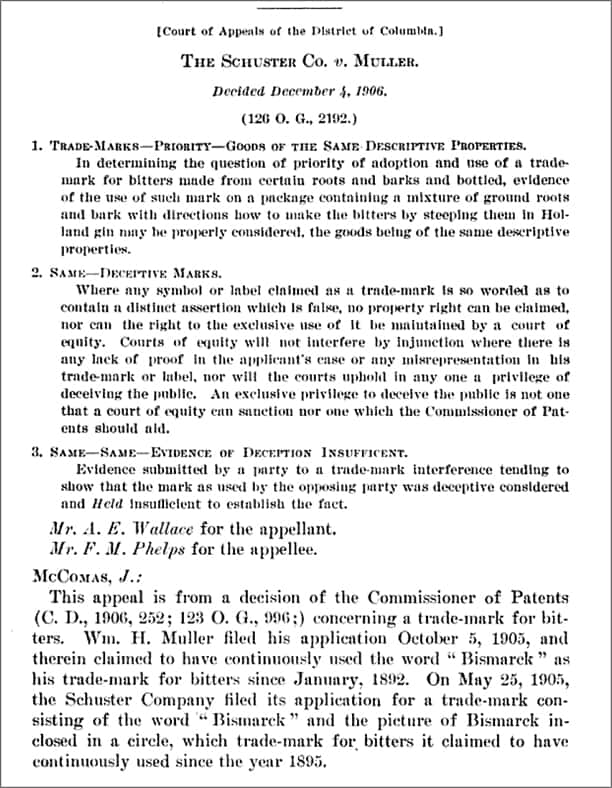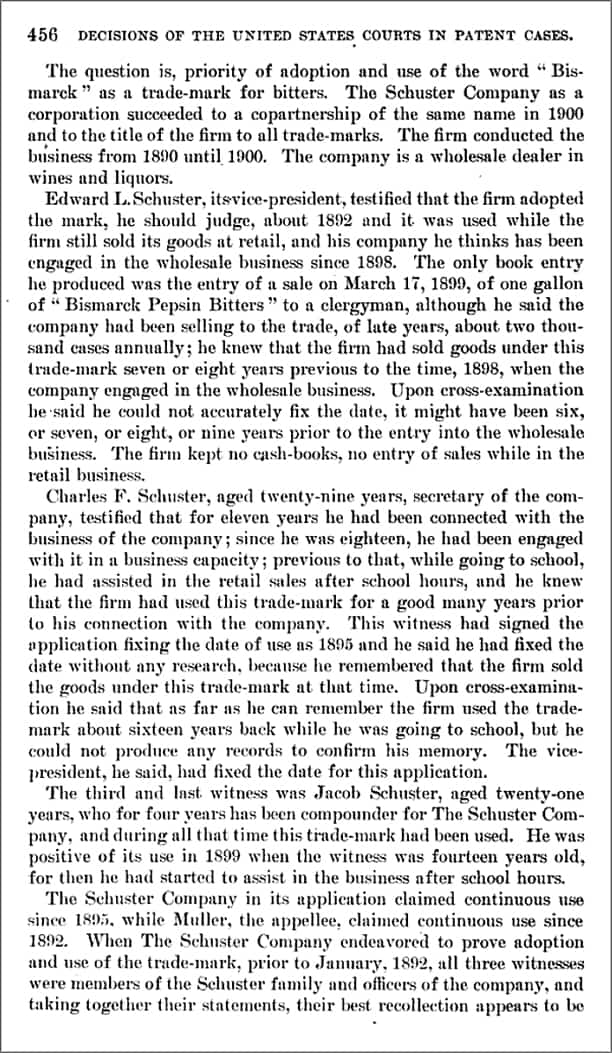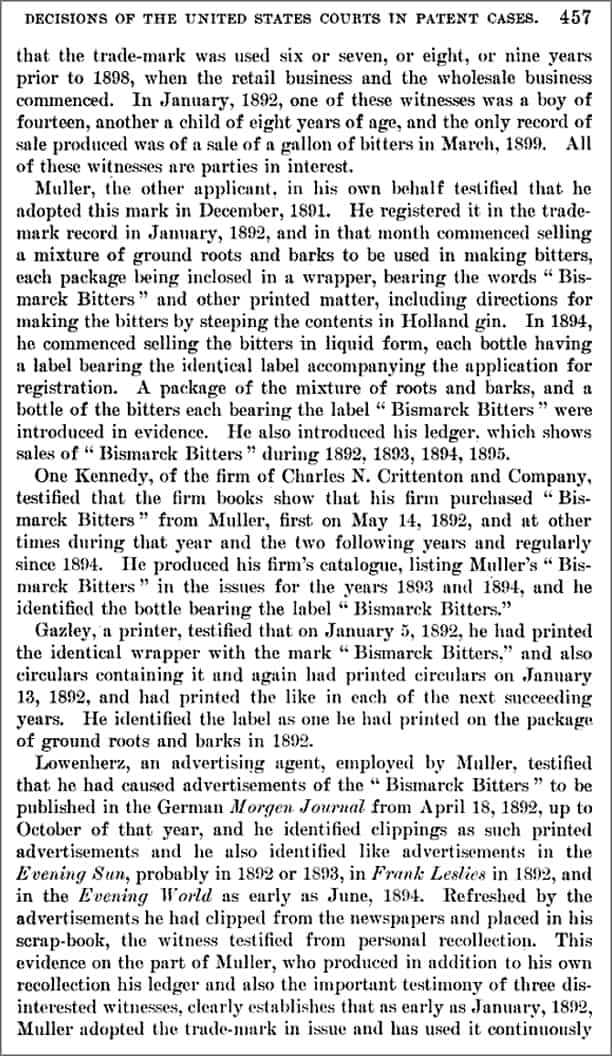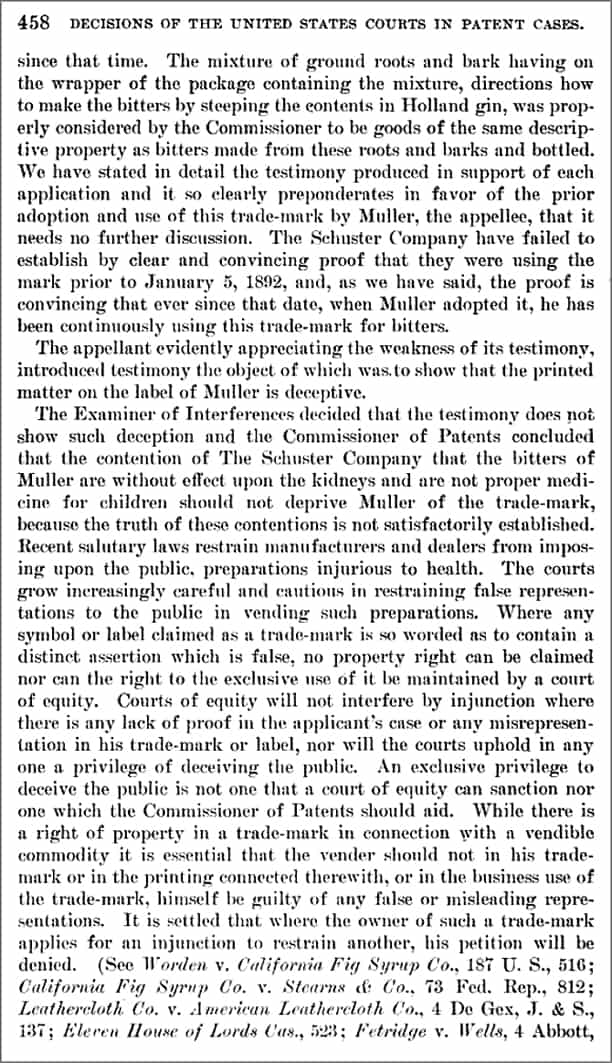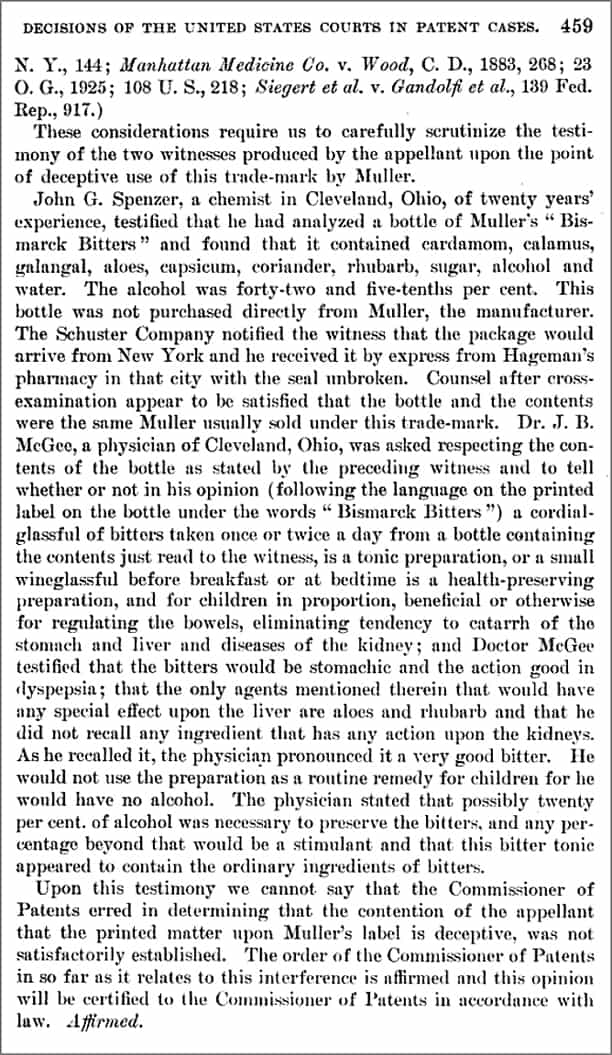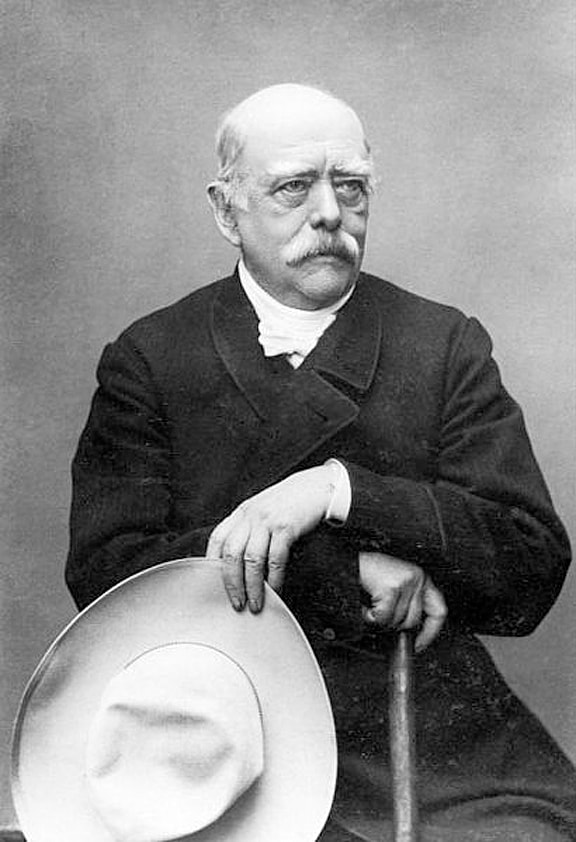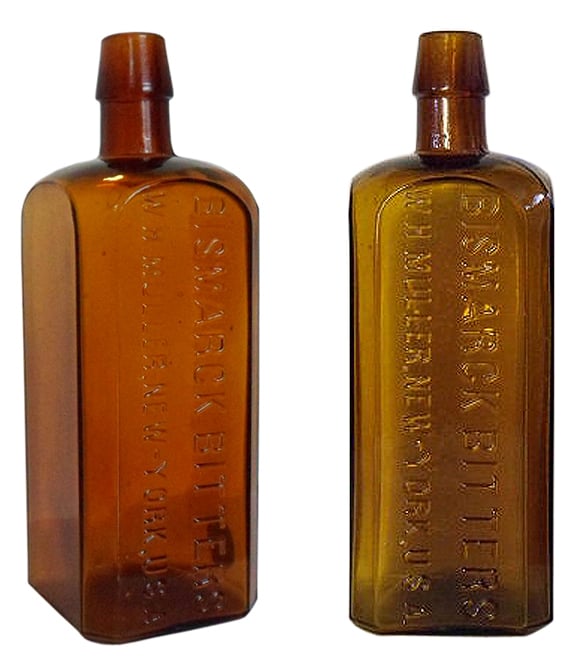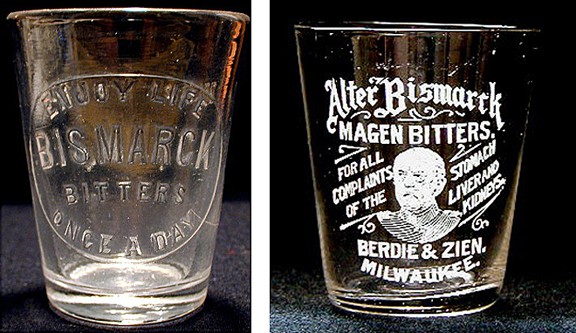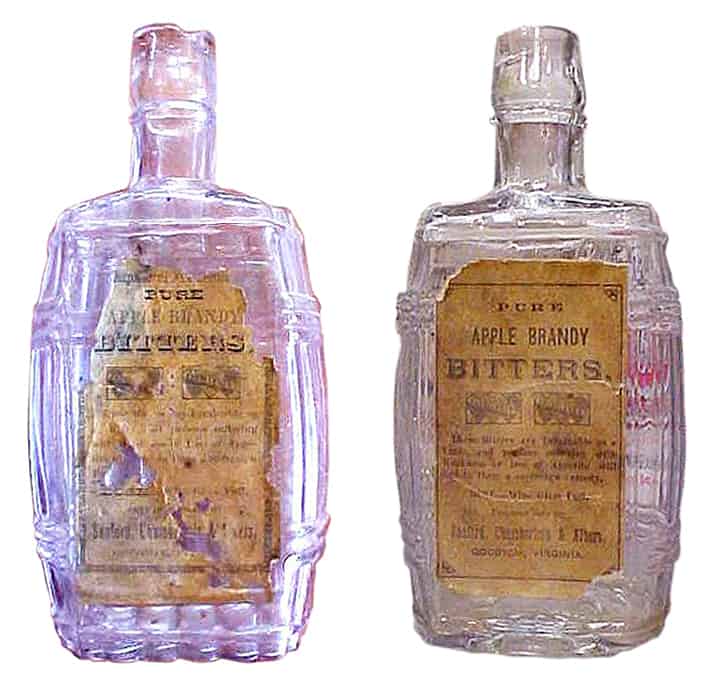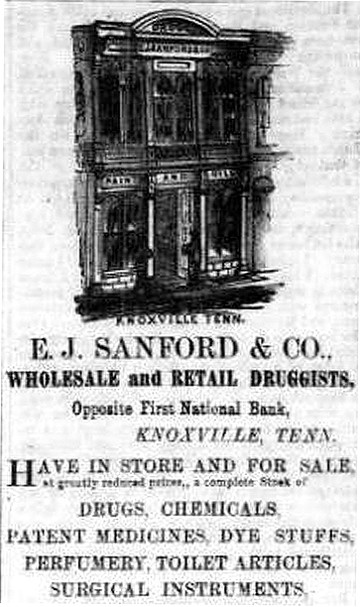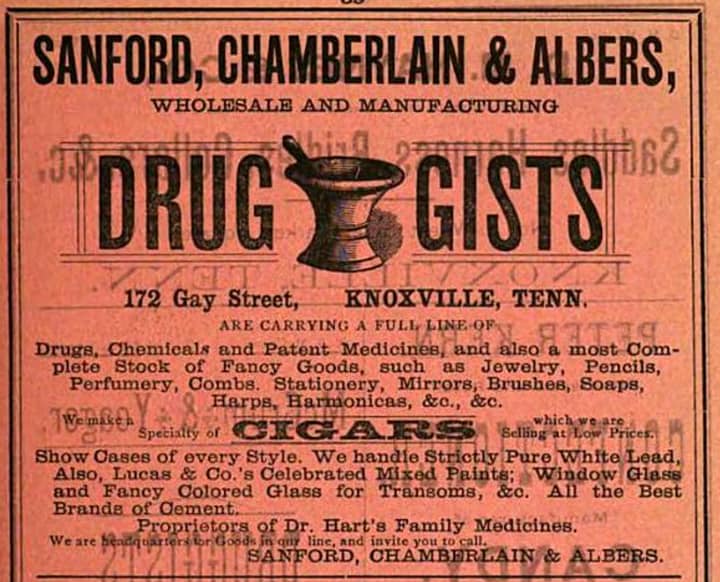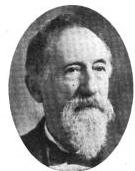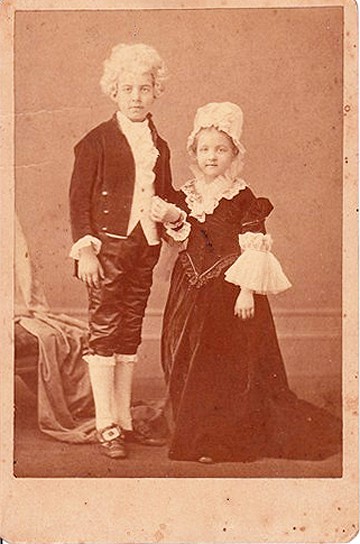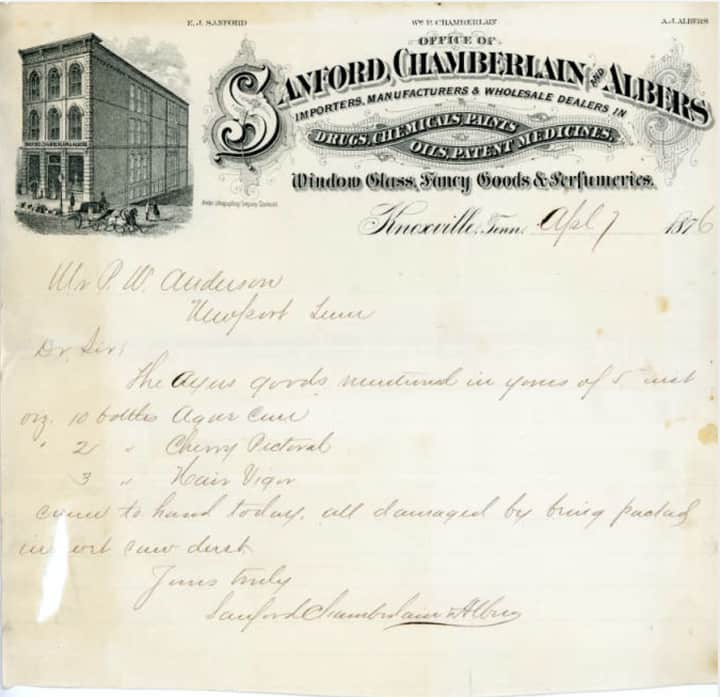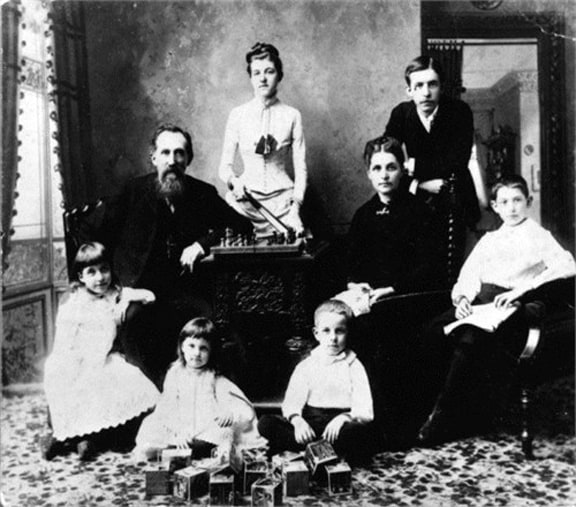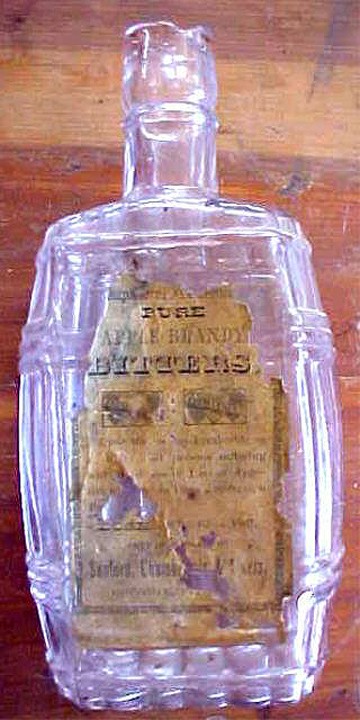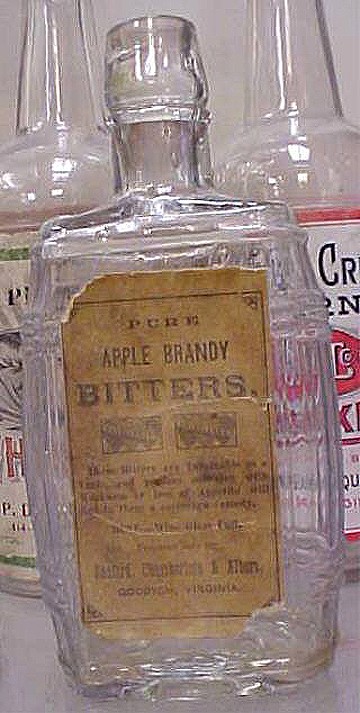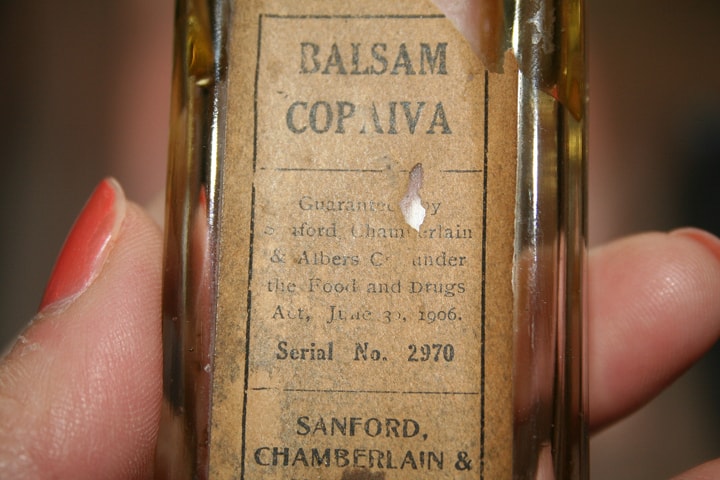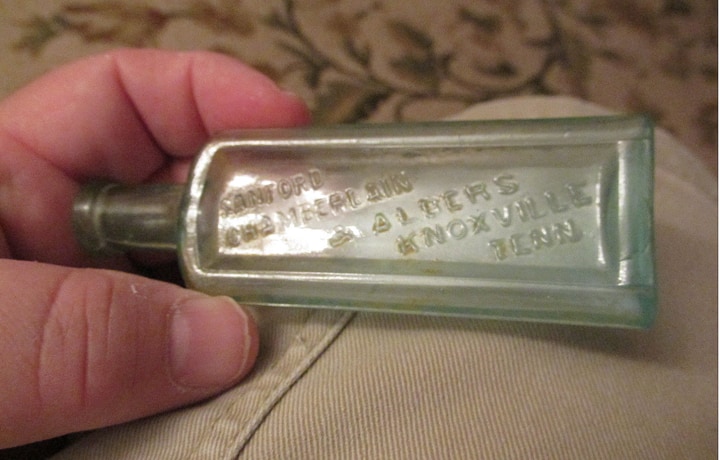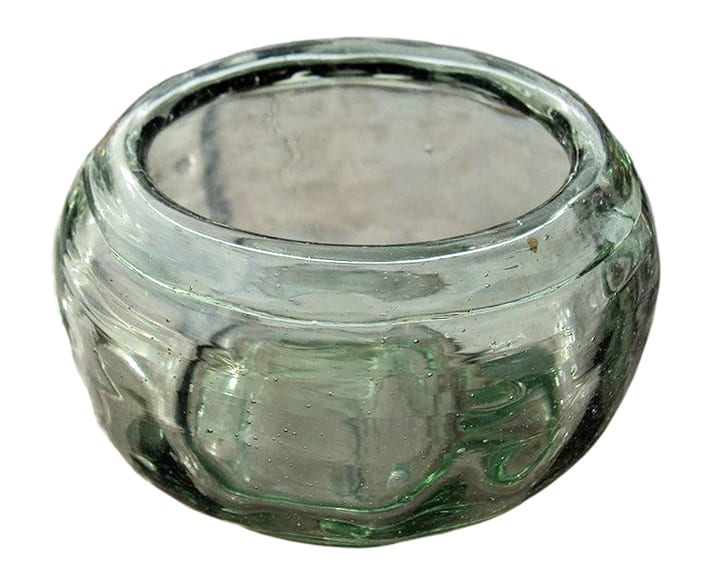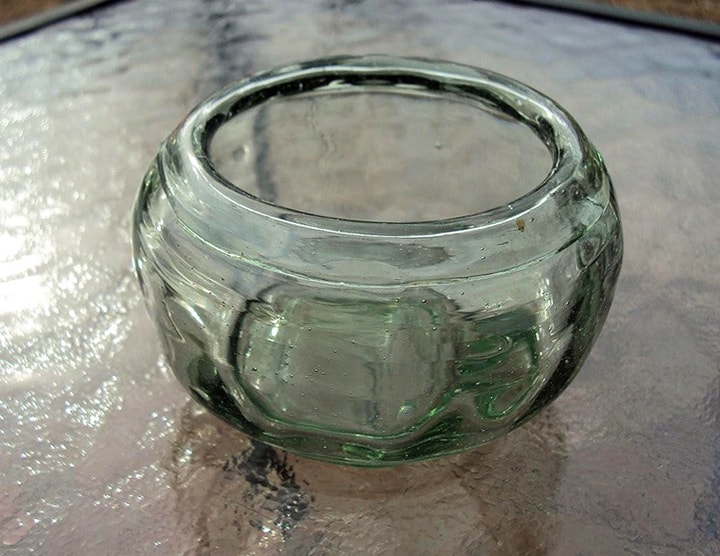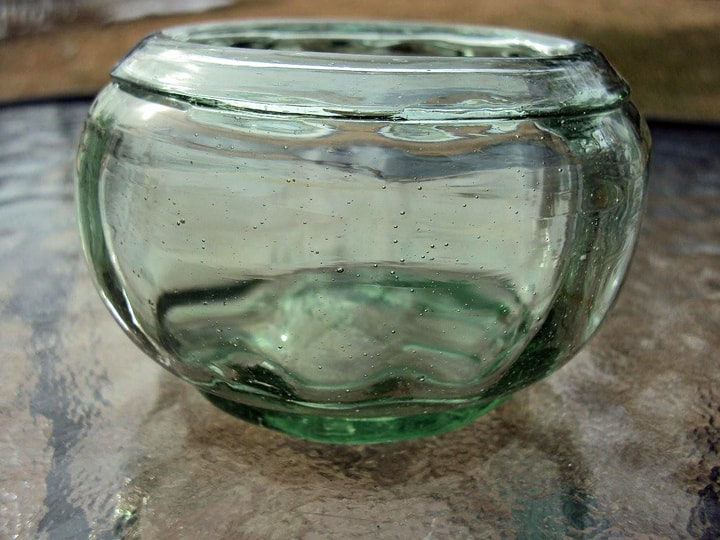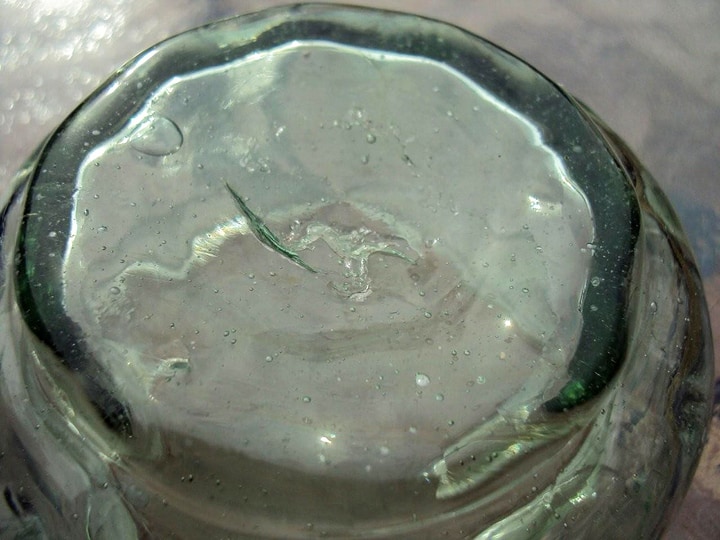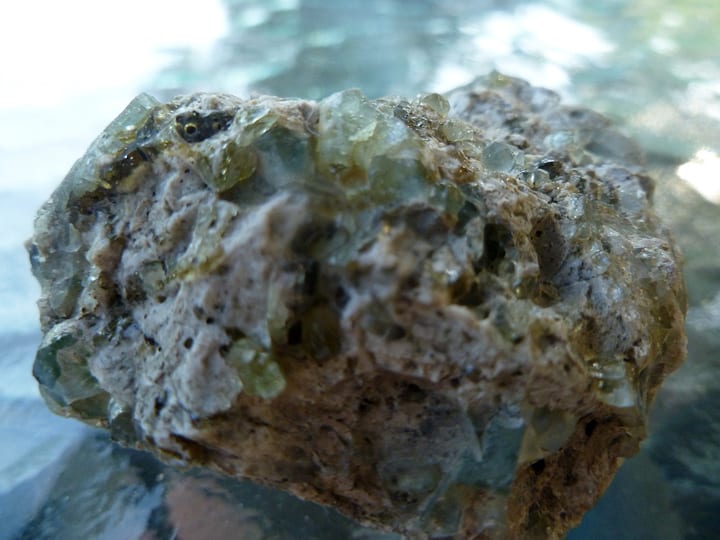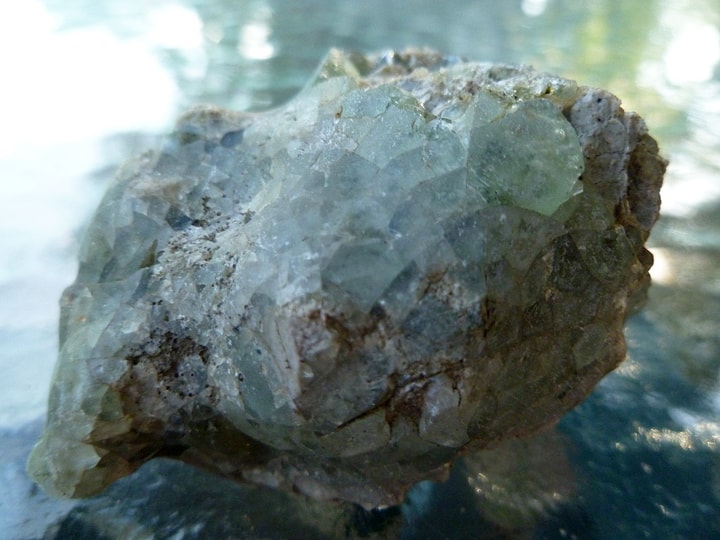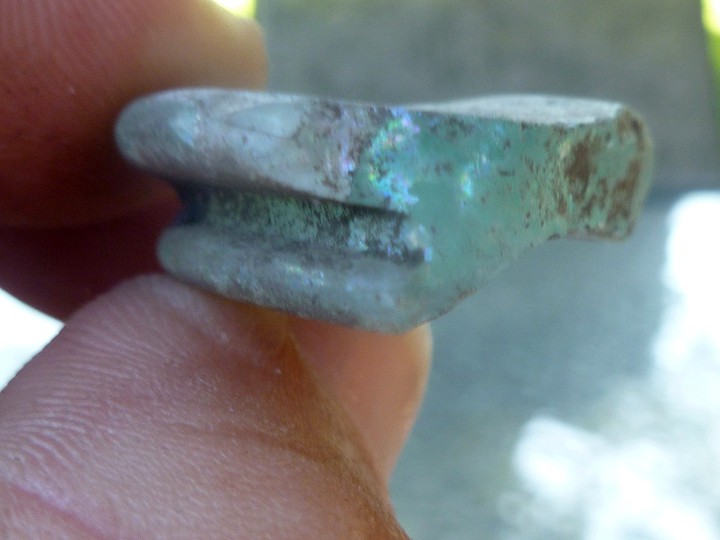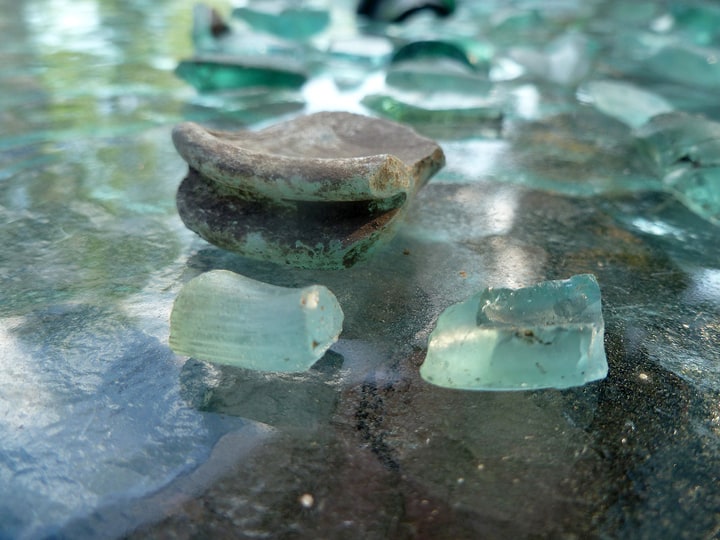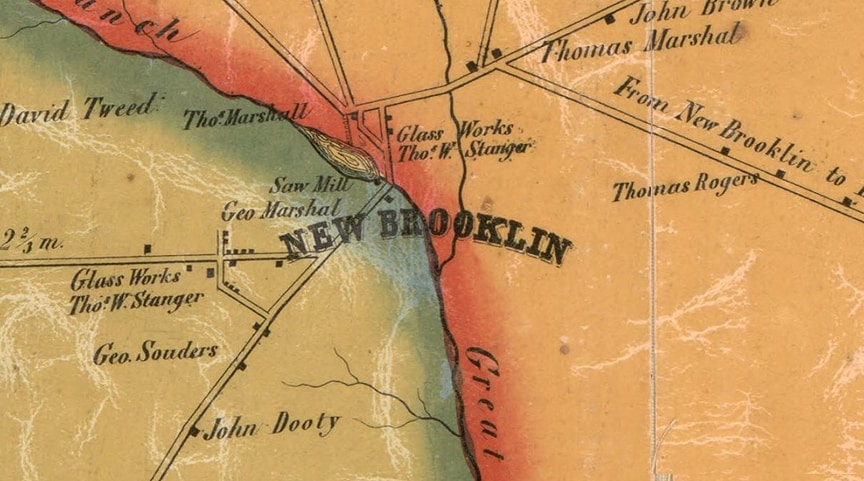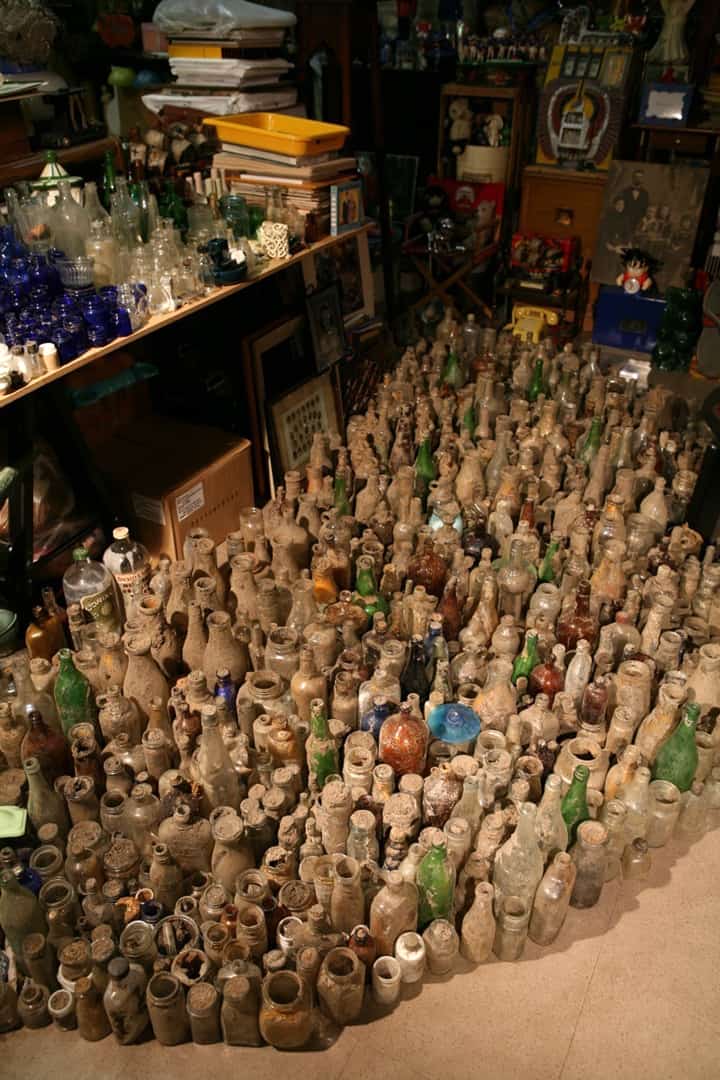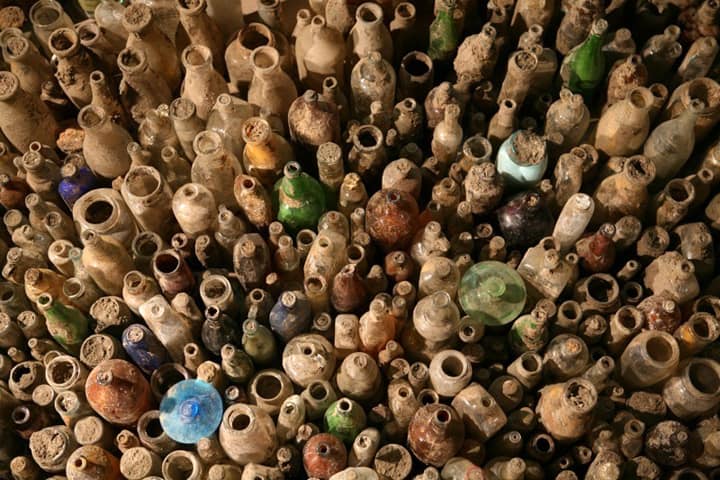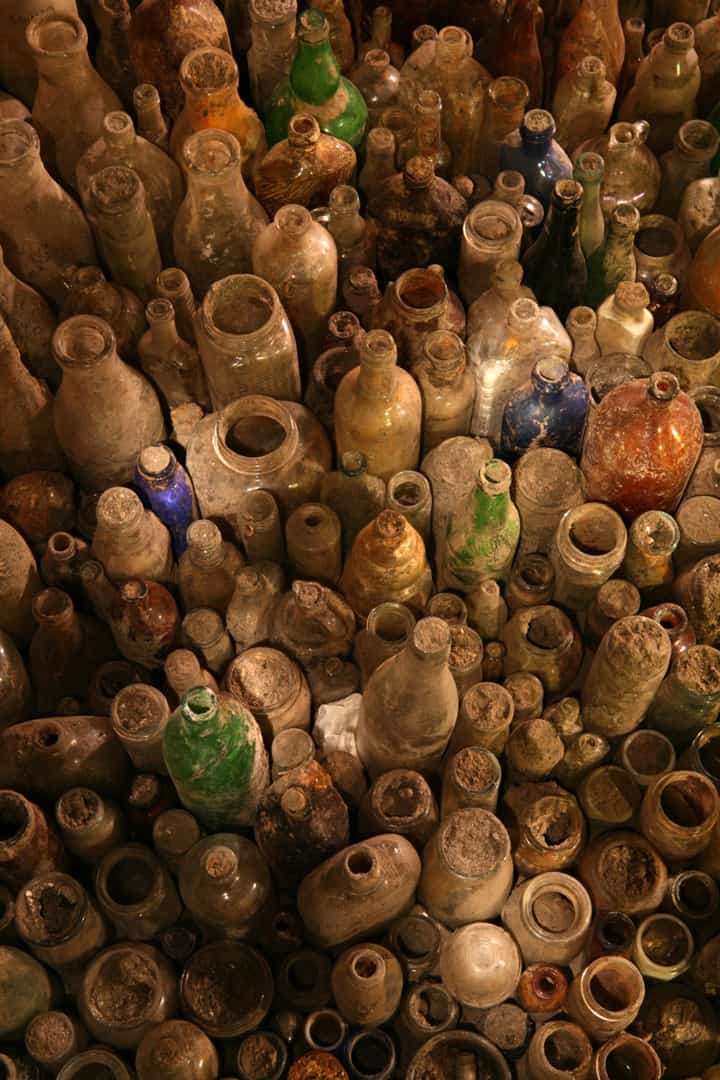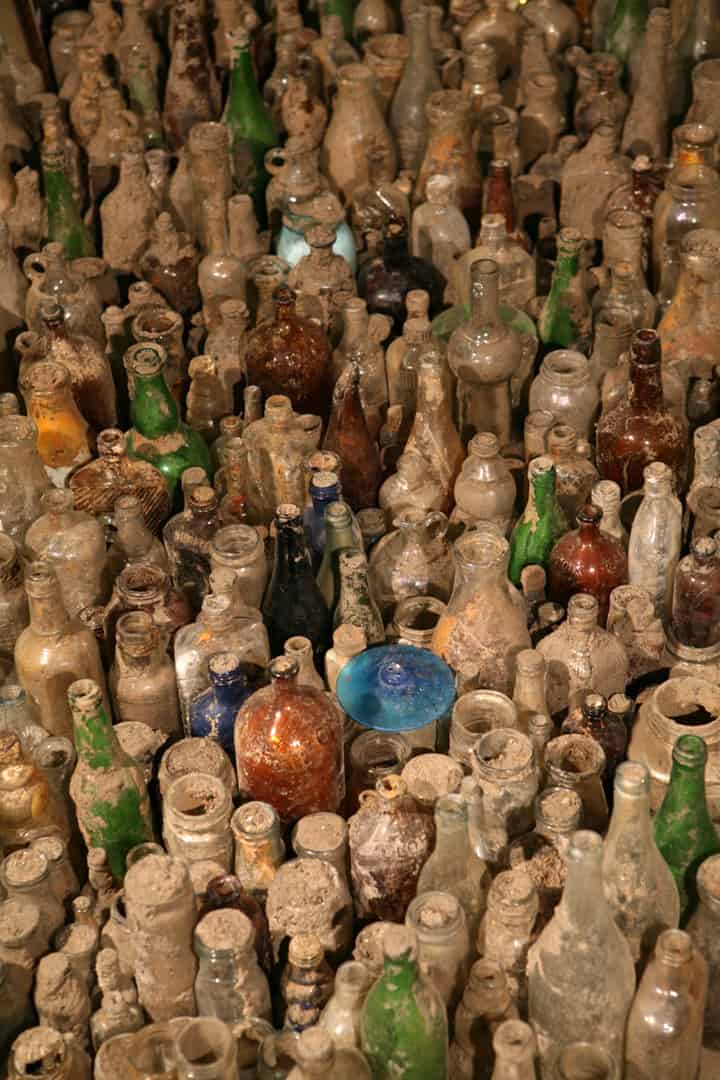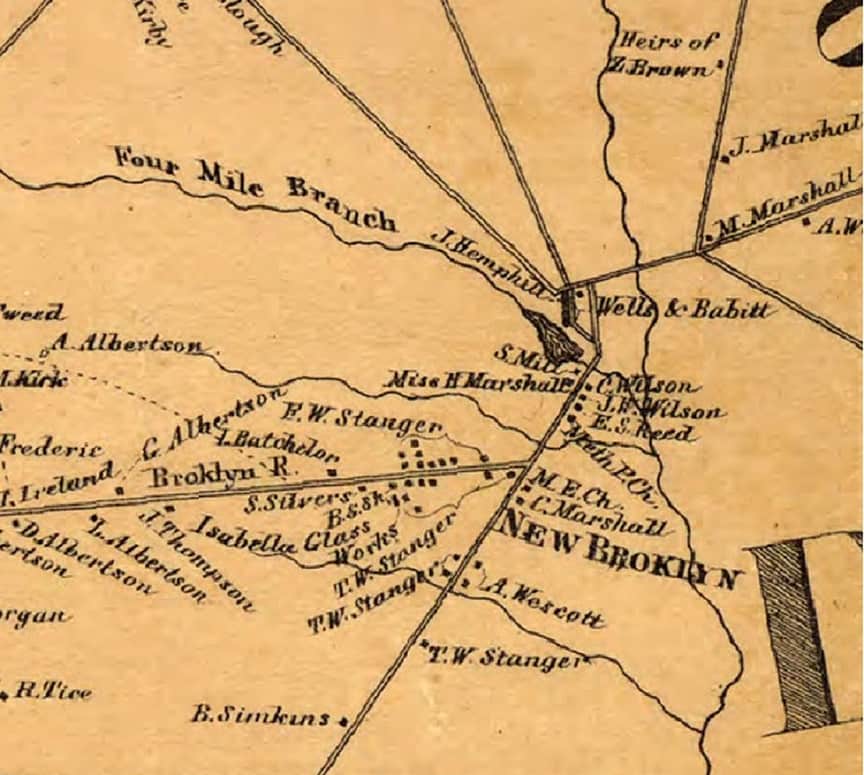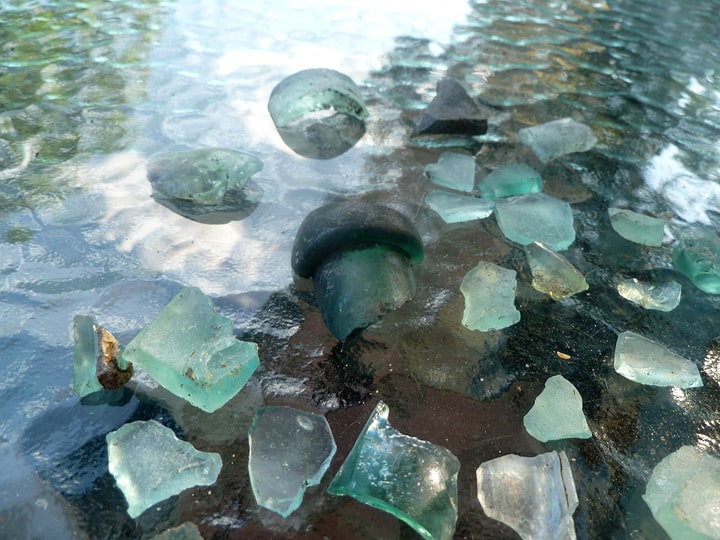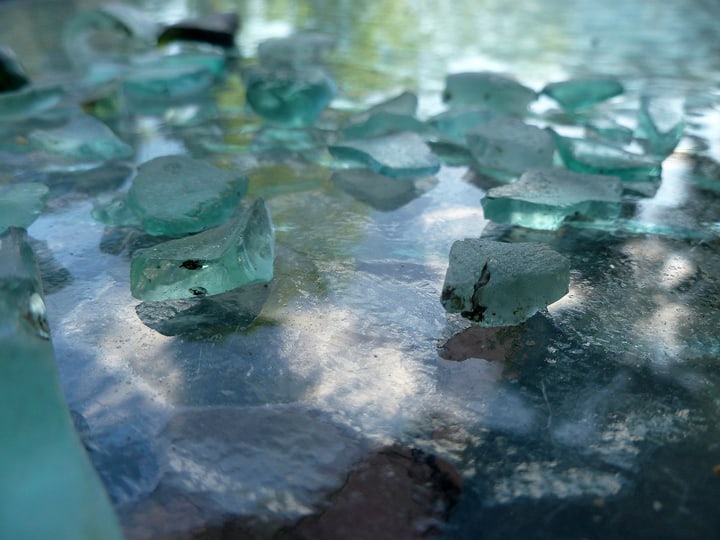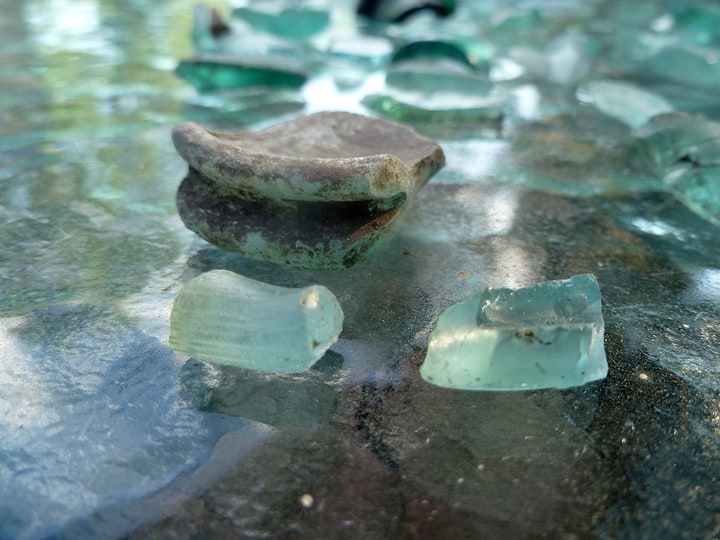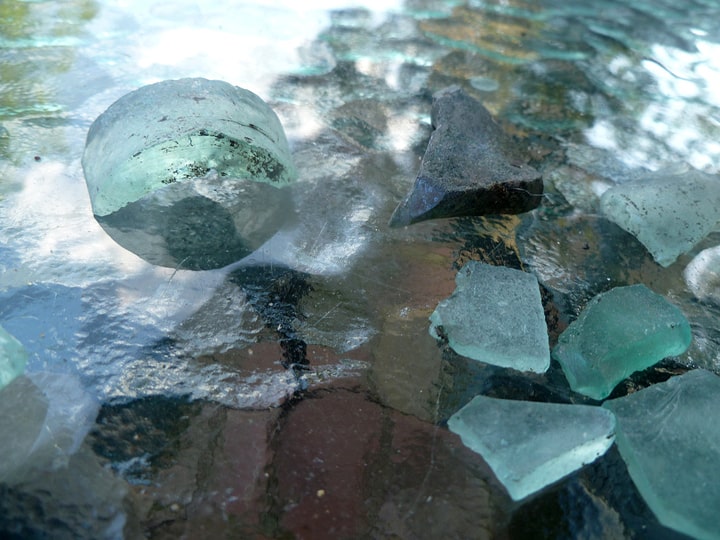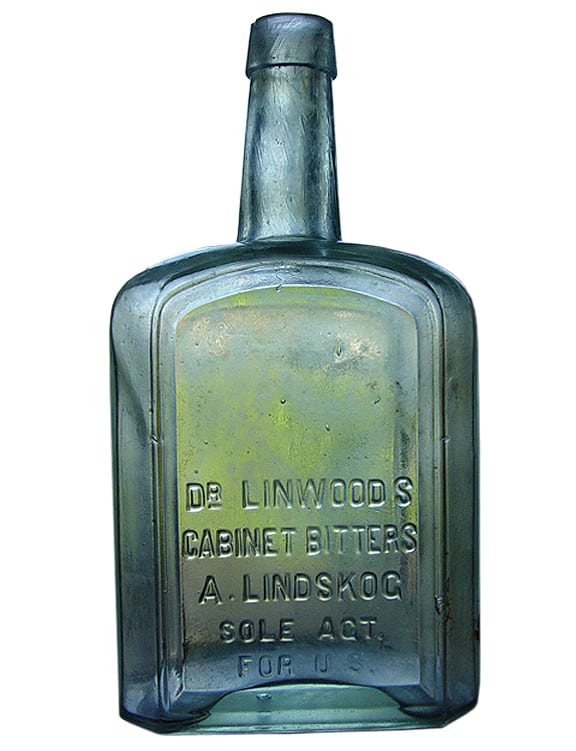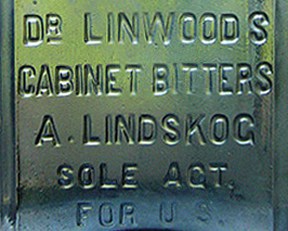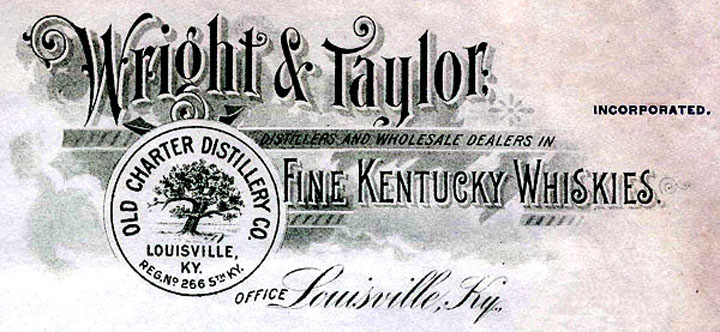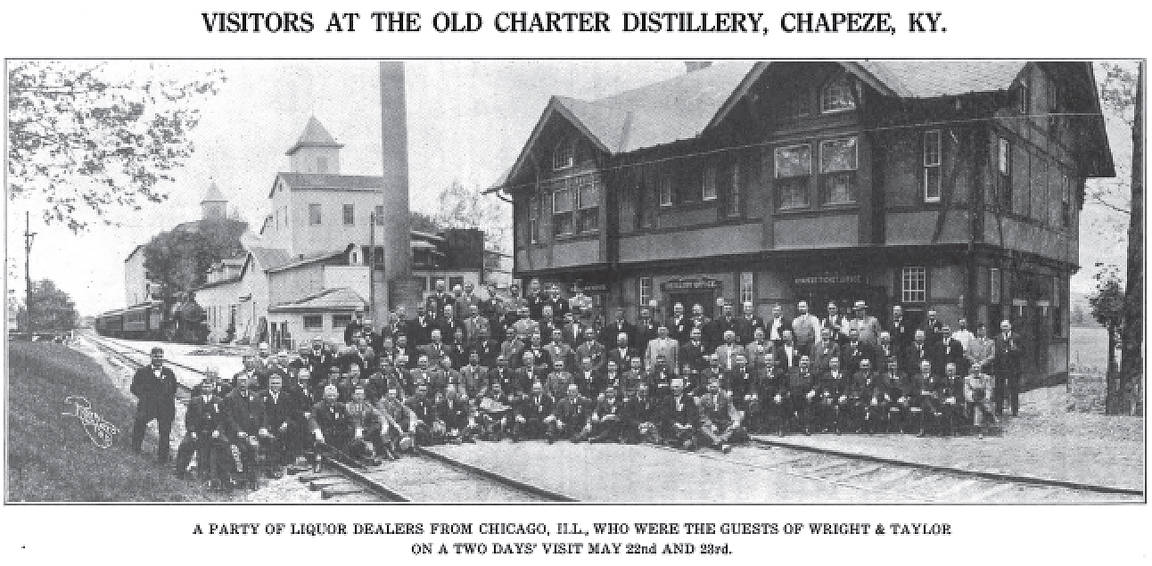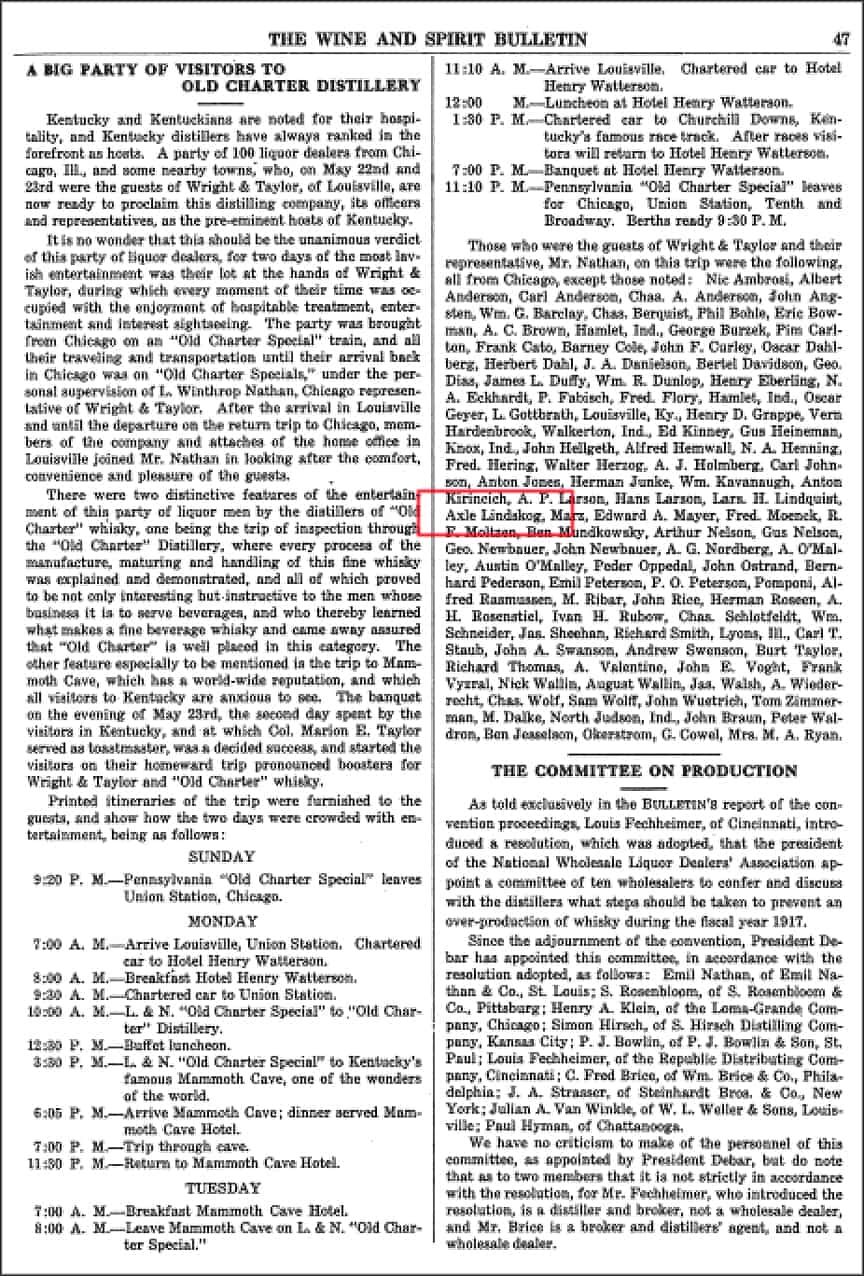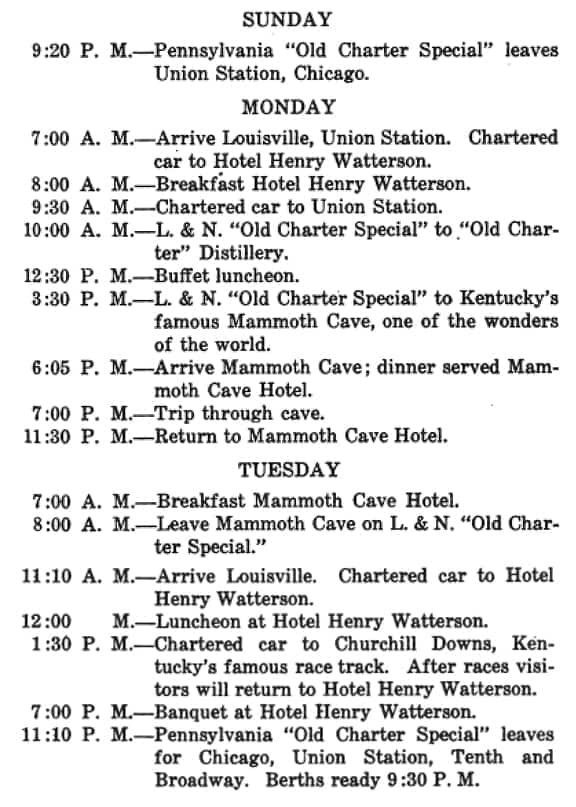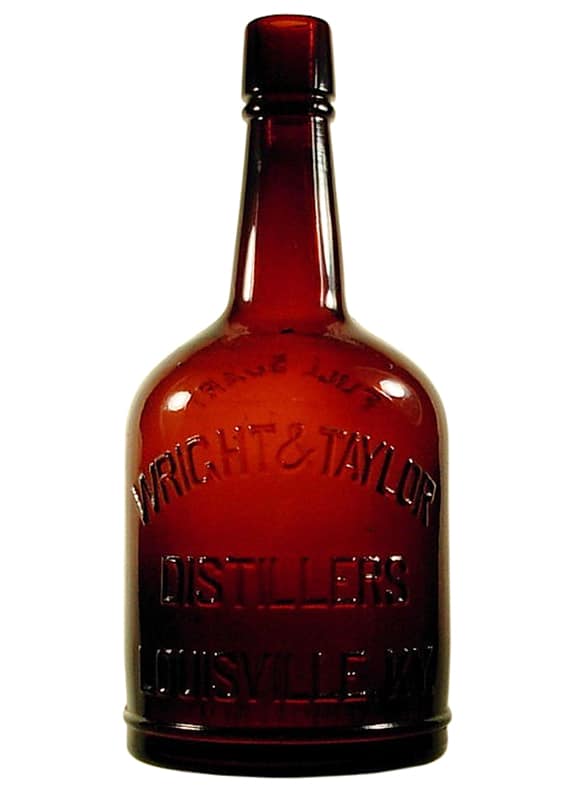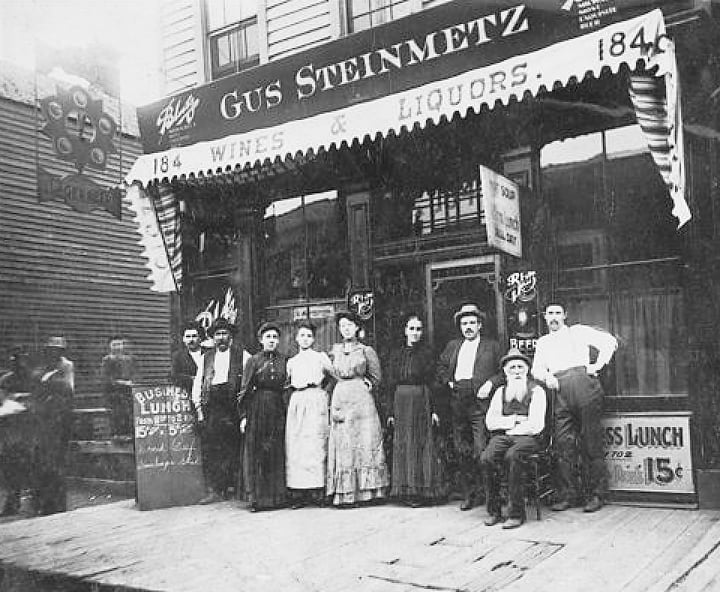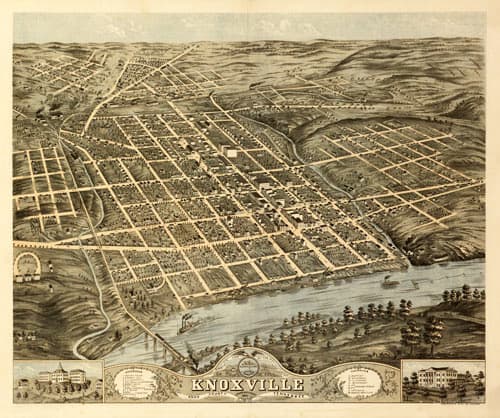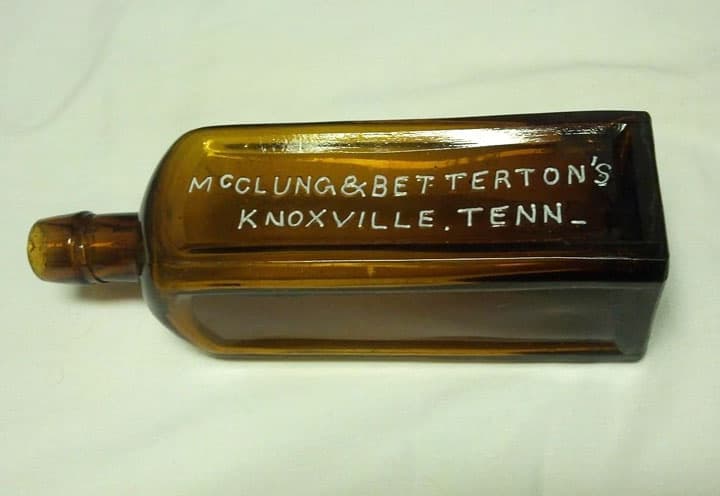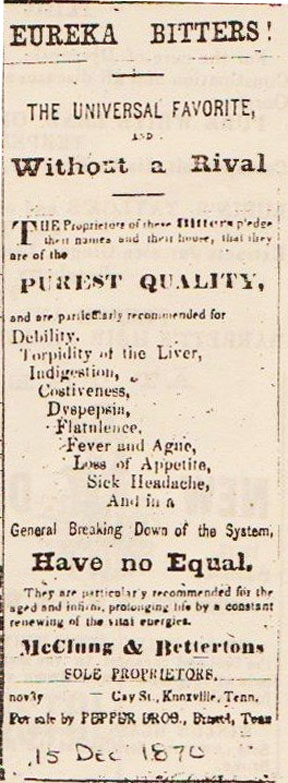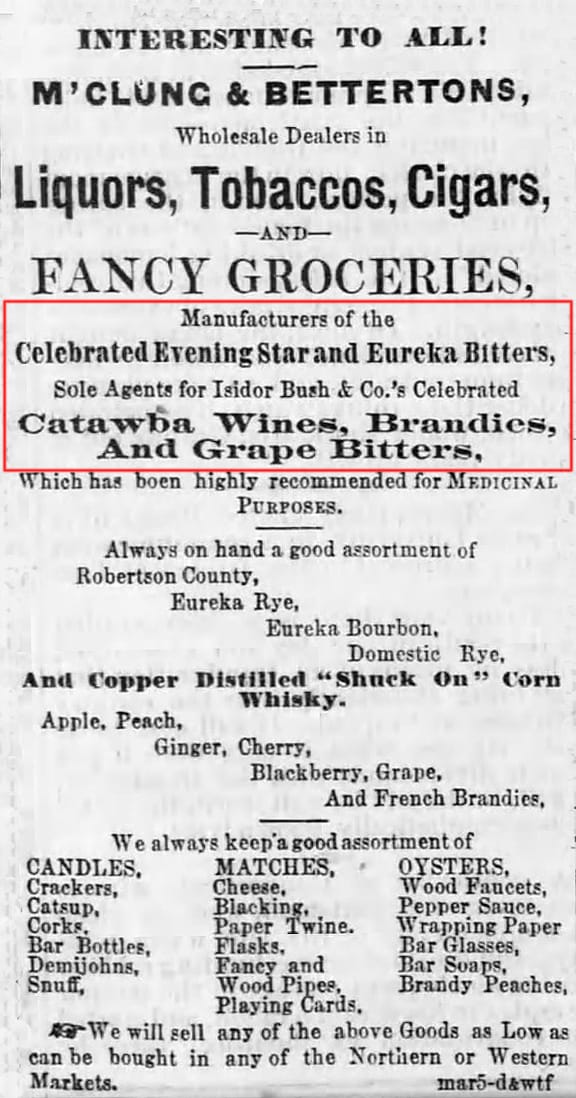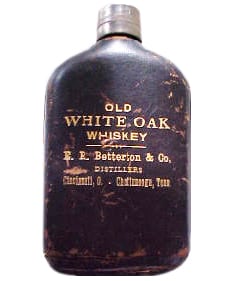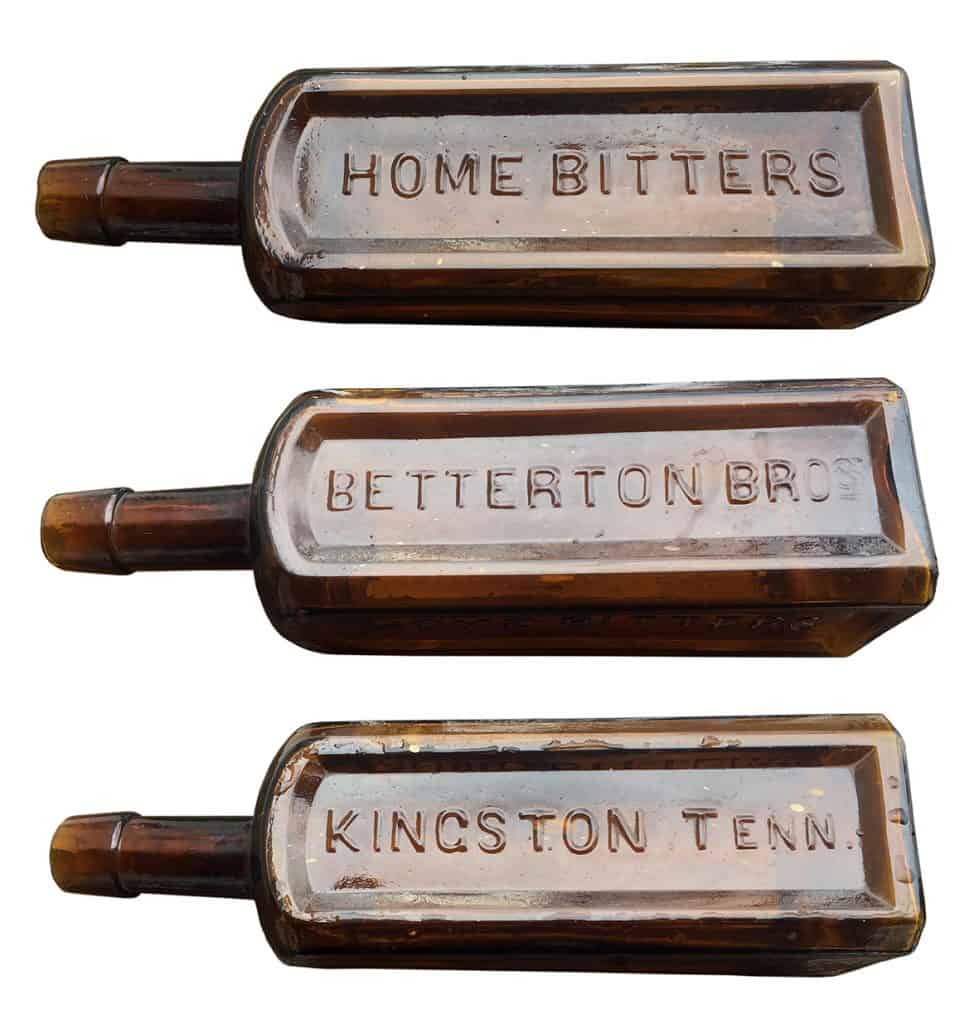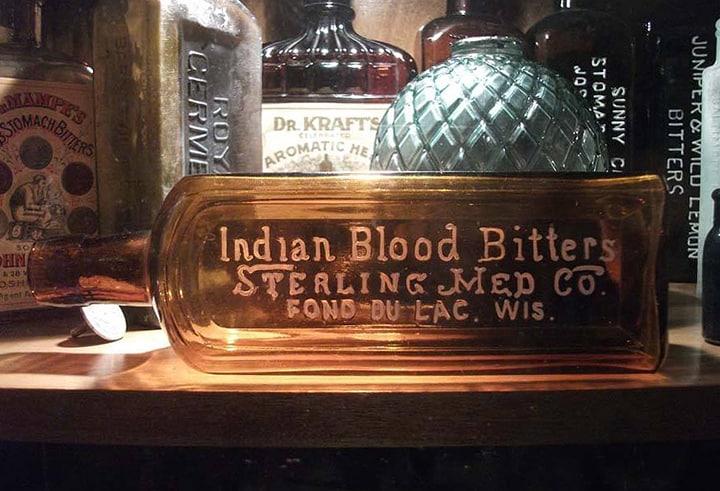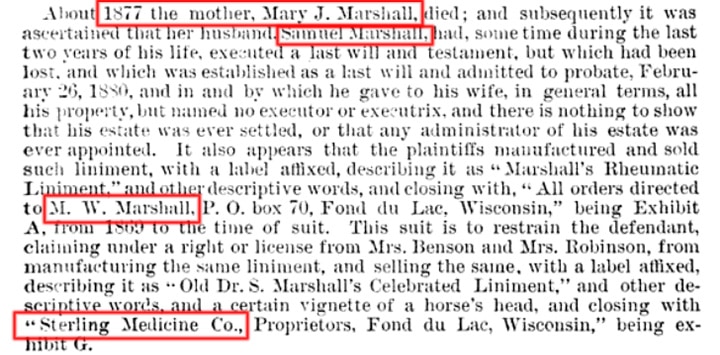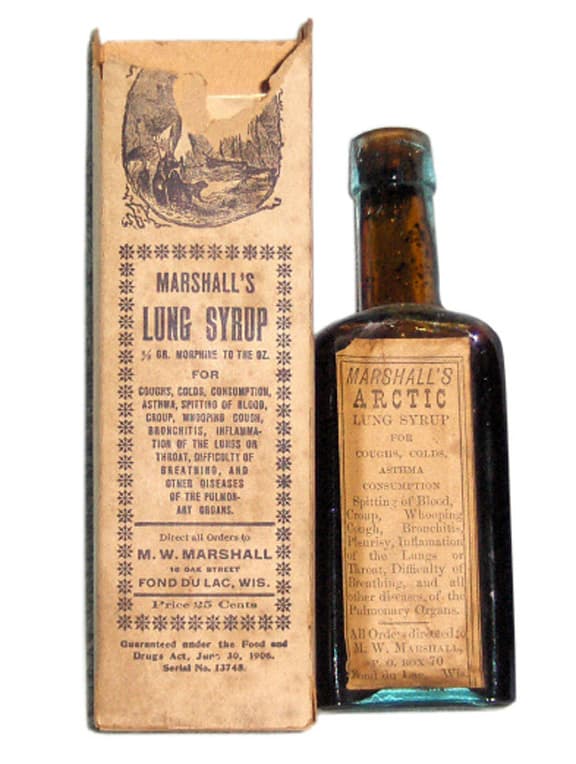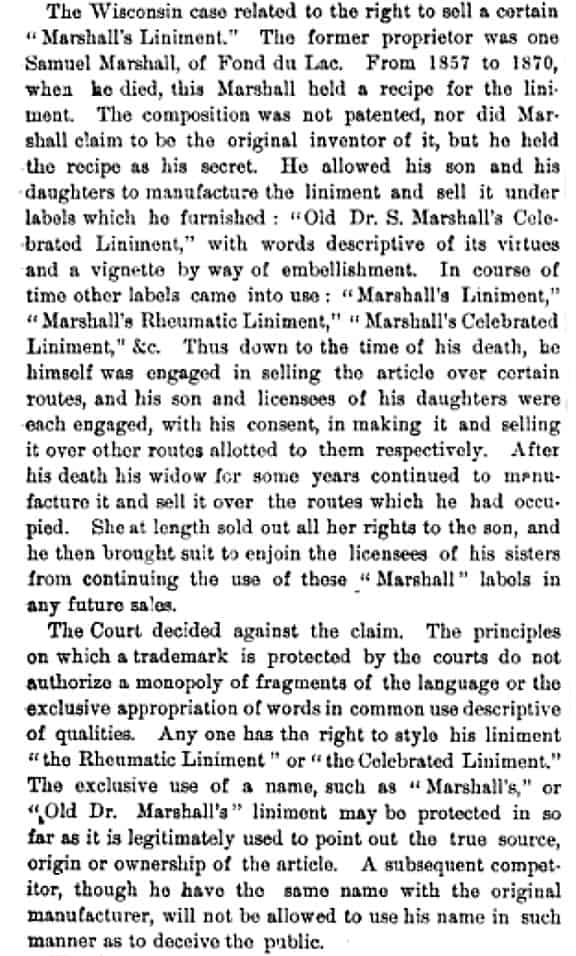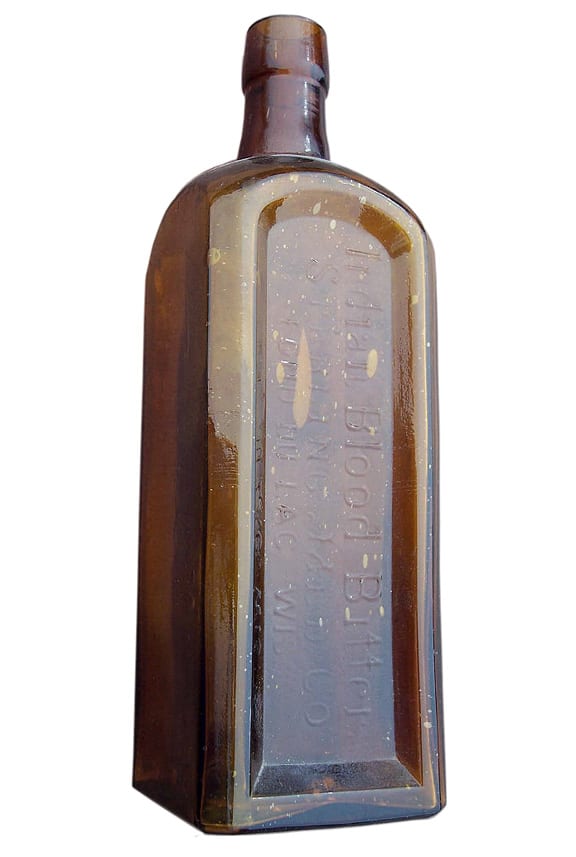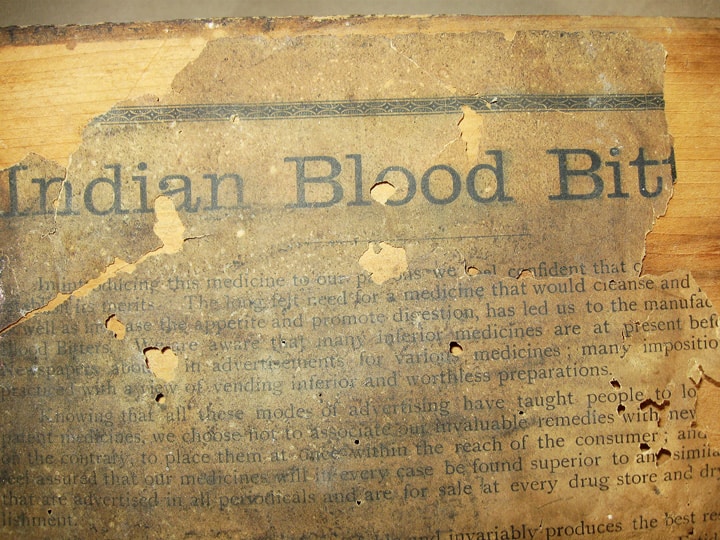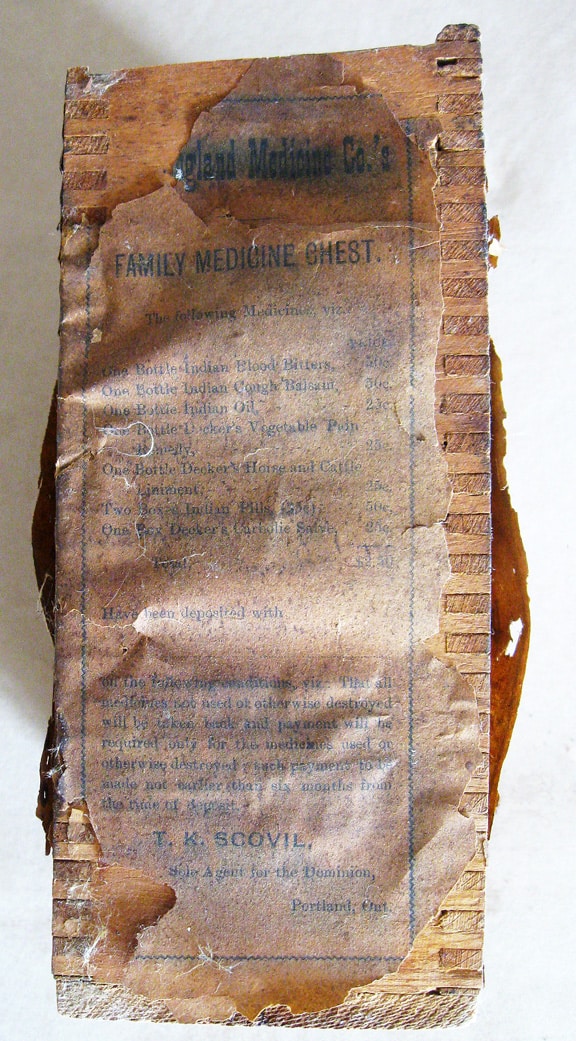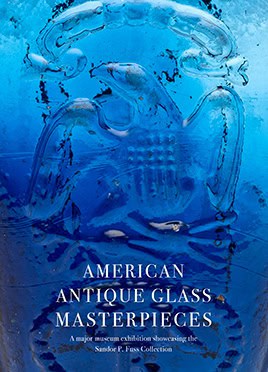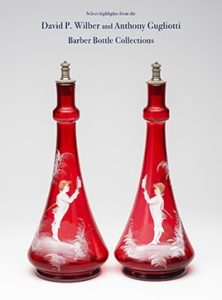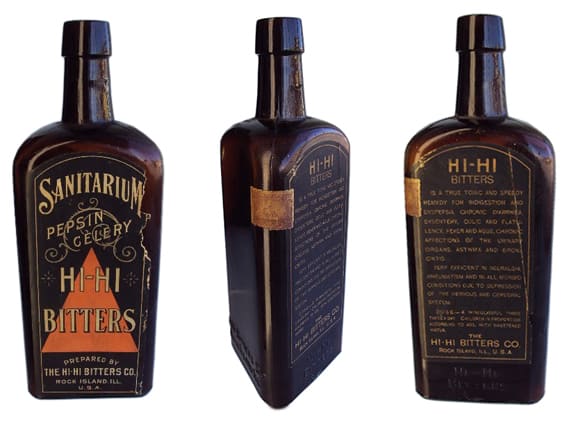 Bitters Stamped – 1881 Internal Revenue Record and Customs Journal
Bitters Stamped – 1881 Internal Revenue Record and Customs Journal
Published by P.V. Van Wyck & Company, 1881
09 October 2013 (R•042019)
 Here is an interesting Internal Revenue document dated, April 19, 1881 that shows a list of bitters brands needing to be classified as medicinal bitters that when properly stamped may be sold by persons who have not paid special tax as liquor dealers. I like to find lists like these and do a cross reference with the Ring and Ham Bitters Bottles, Bitters Bottles Supplement and the draft Bill Ham forwarded me that I am referring to called Bitters Bottles Supplement 2.
Here is an interesting Internal Revenue document dated, April 19, 1881 that shows a list of bitters brands needing to be classified as medicinal bitters that when properly stamped may be sold by persons who have not paid special tax as liquor dealers. I like to find lists like these and do a cross reference with the Ring and Ham Bitters Bottles, Bitters Bottles Supplement and the draft Bill Ham forwarded me that I am referring to called Bitters Bottles Supplement 2.
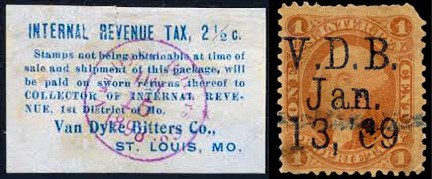 What is interesting about this supplemental IRS list is that it includes quite a few unlisted bitters. Each will have to be cross-referenced with the books to see if they are not listed elsewhere, possibly under another name. Pretty exciting.
What is interesting about this supplemental IRS list is that it includes quite a few unlisted bitters. Each will have to be cross-referenced with the books to see if they are not listed elsewhere, possibly under another name. Pretty exciting.
Messrs, Editors: Please publish the following supplementary list, to the lists which you have hereto before published, giving the names of compounds which this Office has decided, may, for the purposes of taxation under the Internal revenue law, be classed as medicinal bitters, and when properly stamped may be sold by persons who have not paid special tax as liquor dealers. Yours respectively,
GREEN B. RAUM, COMMISSIONER
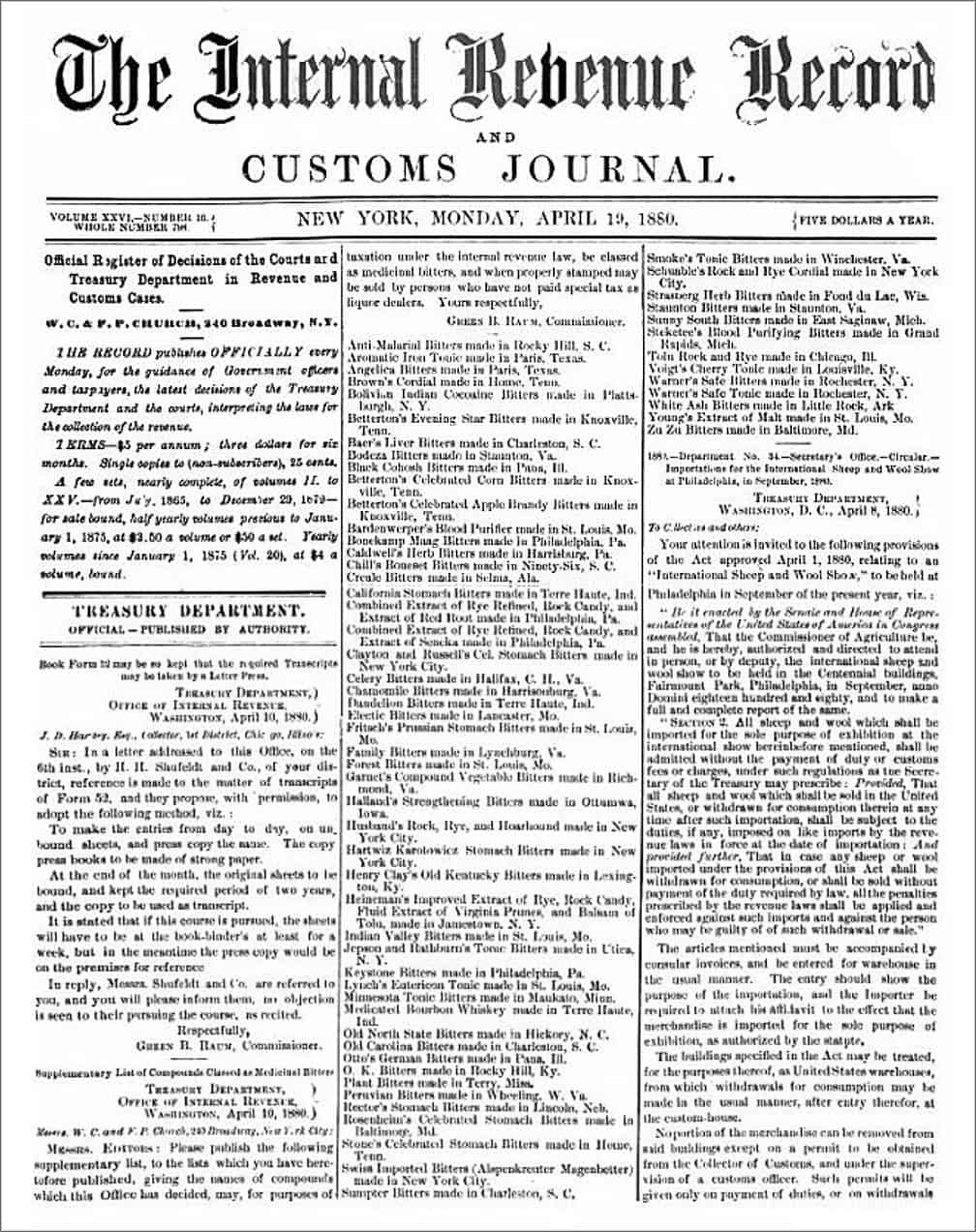

Detail of list above from The Internal Revenue Record – April 19, 1881
Listed (found in Bitters Bottles and Bitters Bottles Supplement)
Bonekamp Maag Bitters (Philadelphia, Pennsylvania) (B 152)
Caldwell’s Herb Bitters (Harrisburg, Pennsylvania) (C 9)
Celery Bitters (Halifax Court House, Virginia) (C 102)
Clayton and Russell’s Celebrated Stomach Bitters (New York City) (C 170 L)
Fritsch’s Prussian Stomach Bitters (St. Louis, Missouri) Probable (F 92) Fritsch’s Prussian Bitters or (F 93) Fritsch Stomach Bitters
Family Bitters (Lynchburgh, Virginia) Probably (F 1.5) Clark & Thompson Family Tonic Bitters
Garnett’s Compound Vegetable Bitters (Richmond, Virginia) (G.5)
Hartwiz Karotowicz Stomach Bitters (New York City) Probably (L 106)
Old Carolina Bitters (Charleston, South Carolina) (O 20)
Rosenheim’s Celebrated Stomach Bitters (Baltimore, Maryland) Probably related to (R 96)
Steketee’s Blood Purifying Bitters (Grand Rapids, Michigan) (S 187.5 & S 188)
Strasberg Herb Bitters (Fond du Lac, Wisconsin) Probably Strassburg Bitters, Grand Rapids
Sumpter Bitters (Charleston, South Carolina) (S 221)
Sunny South Bitters (East Saginaw, Michigan)
Swiss Imported Bitters (Alspen Magenbetter) (New York City)
Warners Safe Bitters (Rochester, New York) (W 34)
Zu Zu Bitters (Baltimore, Maryland) (Z 9)
Unlisted – 1881 Internal Revenue Record and Customs Journal
Anti-Malarial Bitters
Anti-Malarial Bitters (Rocky Hill, South Carolina). Most likely talking about J. A. Mayes & Co., Mayesville, South Carolina (Drugs, Medicines, Groceries and Provisions). See newspaper advertisement below. Anti-Malarial Specific Tonic Bitters, January 1, 1870 – The Sumter Watchman, Wednesday, April 27, 1870
The new listing within the forthcoming Bitters Bottles Supplement 2:
IRS Listing and Newspaper Advertisement
A 75.5 ANTI-MALARIAL SPECIFIC TONIC BITTERS, Rocky Hill, South Carolina
J. A. Mayes & Co., Mayesville, South Carolina (Drugs, Medicines, Groceries and Provisions).
1881 Internal Revenue Record and Customs Journal
Anti-Malarial Specific Tonic Bitters, Jan. 1, 1870 – The Sumter Watchman, Wednesday, April 27, 1870

There is an (A.75) Anti-Malarial Bitters listed for reference only from Petersburg, Virginia. See newspaper advertisement below. Anti-Malarial Bitters, D. T. Everts & Co., Sole Proprietors, Petersburg, Va. – The Progress Index, Monday, March 18, 1867. There is also an update in Bitters Bottles Supplement 2.
Read: Anti-Malarial Bitters, D. T. Everts & Company – Petersburg, Virginia

Angelica Bitters
Angelica Bitters (Paris, Texas) No support information. Can not add to Bitters Bottles Supplement 2.
There is however, a newspaper advertisement below for an (A.58) Angelica Bitters or Poor Mans Tonic listed from Circleville, Ohio. George H. Fickardt’s Angelica Bitters. Sold for 25 cents bottle. See Bitters Bottles.

Here is a newspaper advertisement below for an unlisted Compound Angelica Bitters, prepared by L. Brewer & Co., 55, 57, 59 and 61 North Commerce Street, Mobile, Alabama. – Greenville Advocate, October 21, 1875.
The new listing within the forthcoming Bitters Bottles Supplement 2:
Newspaper Advertisement
C 206.5 COMPOUND ANGELICA BITTERS, L. Brewer & Co., 55, 57, 59 and 61 North Commerce Street, Mobile, Alabama
Greenville Advocate, October 21, 1875

Baer’s Liver Bitters
Baer’s Liver Bitters (Charleston, South Carolina). Probably talking about Dr. H. Baer, 131 Meeting Street, Charleston, South Carolina. He sold bitters at his drug store such as Hostetter’s Bitters, Plantation Bitters, Hufeland’s German Bitters, Stoughton Bitters and Wine Bitters. At this time, I have not seen any bitters reference with Baer’s name on it, so we will not yet list in Bitters Bottles Supplement 2. Advertisement below from The Charleston Daily News, Monday, March 15, 1869.

Bolivian Indian Cocoaine Bitters
Bolivian Indian Cocoaine Bitters (Plattsburgh, New York). Could be referencing Bolivian Bitters sold by Herman Berg, Jr. from Carlisle, Pennsylvania. At this time, I have not seen any bitters reference with Bolivian Indian Cocoaine Bitters from Plattsburgh, New York, so we will not yet list in Bitters Bottles Supplement 2. Advertisement: Weekly Herald, Thursday, May 4, 1893

Betterton Bitters
Betterton’s Evening Star Bitters (Knoxville, Tennessee)
Betterton’s Celebrated Corn Bitters (Knoxville, Tennessee)
Betterton’s Celebrated Apple Brandy Bitters (Knoxville, Tennessee)
Read: The Betterton Bitters brands, Knoxville, Tennessee
Black Cohosh Bitters
Black Cohosh Bitters (Pana, Illinois). Could be referencing Black Cohosh Bitters that poisoned many people as referenced in this newspaper article in The Pantagraph (Bloomington, Illinois), Monday, July 17, 1871. I have not seen any specific bitters reference with Black Cohosh Bitters from Pana, Illinois, so we will not yet list in Bitters Bottles Supplement 2.

California Stomach Bitters
California Stomach Bitters (Terre Haute, Indiana). There are so many California Bitters. I can not find any California bitters from Terre Haute, so we will not yet list in Bitters Bottles Supplement 2.
Read: Riddle, Fuller & Co. selling Celebrated California Bitters?
Read: California Bitters / Manufactured only by / J. G. Frisch San Francisco
Read: Use Dr. Henley’s Celebrated California IXL Bitters
Chamomile Bitters
Chamomile Bitters (Harrisonburg, Virginia). I can not find a Chamomile Bitters from Harrisonburg, Virginia. There is a (T 75) Tyree’s Chamomile Bitters from Staunton, Virginia which is relatively close in proximity. We can not list yet in Bitters Bottles Supplement 2.
Chill’s Boneset Bitters
Chill’s Boneset Bitters (Ninety Six, South Carolina) What a strange name for both the bitters and the location. I can’t find any support information on this bitters so we’ll hold off listing it in Bitters Bottles Supplement 2.
As far as the word ‘Chill’ is concerned, there is a (C45) Chill-Chilli Bitters listed in Bitters Bottles. An advertisement is represented below from the Lancaster Daily Intelligencer on Wednesday, September 29, 1880. The bitters was manufactured by Samuel A. Groff who had an office and laboratory at No. 248 North Queen Street and a wareroom at 240 Market Street in Lancaster, Pennsylvania.

While searching for Chill Bitters, I did come across this unlisted Reed’s Kansas Chill Bitters noted in this “A New Alphabet” newspaper advertisement taken from the Iowa Point Weekly Enquirer on Friday, July 30, 1858. J. W. Reed was a druggist in Iowa Point, Iowa who sold his bitters for a dollar a bottle.
The new listing for the forthcoming Bitters Bottles Supplement 2:
Newspaper Advertisement, “A New Alphabet”
R 28.5 REED’S KANSAS CHILL BITTERS, J. W. Reed was a druggist in Iowa Point, Iowa who sold his bitters for a dollar a bottle.
Iowa Point Weekly Enquirer, Friday, July 30, 1858

Creole Bitters
Creole Bitters (Selma, Alabama). No support information. Can not add to Bitters Bottles Supplement 2.
What is interesting here is that there is an aqua Creole Bitters referenced in Bitters Bottles. There is no proprietor or manufacturer embossed on the bottle and a labeled example has not surfaced. Jim Hagenbuch at Glass Works Auctions recently sold an extremely rare example that is pictured below with the lot description.
189. “CREOLE BITTERS” – (indented label panel on the reverse), (Ring/Ham, 246.5), American, ca. 1860 – 1870, aqua, oval form, 10 3/8”h, smooth base, applied double collar mouth. Some light inside stain and a few light scratches, otherwise perfect. Very rare, the last one sold was in 1995!
I wonder if it is related to this unlisted Creole Bitters I found in the newspaper clipping from the Staunton Spectator on Tuesday, January 23, 1866. The time period is correct. The ad reads, “Established 1861, The Celebrated ‘Virginia’ Creole Bitters, Sole Manufacturer, D. S Huffard, Iron Front Warehouse, Governor St., Richmond, Va.”
The new listing for the forthcoming Bitters Bottles Supplement 2:
Newspaper Advertisement
C 246.5 CREOLE BITTERS, Established 1861, The Celebrated ‘Virginia’ Creole Bitters, Sole Manufacturer, D. S. Huffard, Iron Front Warehouse, Governor St., Richmond, Va.
Staunton Spectator (Virginia), Tuesday, January 23, 1866

Dandelion Bitters
Dandelion Bitters (Terre Haute, Indiana) No support information. Can not add to Bitters Bottles Supplement 2. There are many other Dandelion Bitters, some that I have posted on before such as:
What about this Tilton’s Dandelion Bitters?
Dr. Trowbridge’s Dandelion Bitters – Stamford, Connecticut
Lucius W. Bissell and his Dandelion Bitters
Lyman’s Dandelion Bitters – Bangor, Maine
Bond’s Dandelion Bitters – Fort Wayne, Indiana
Dandelion Bitters – The Great Herb Blood Remedy
The Beggs’ and their Dandelion Bitters
Dr. J.R.B. McClintock’s Dandelion Bitters – Philadelphia
Dr Grant’s Dandelion Bitters, New York.
Smith’s Gentian, Dandelion and Yellow Dock Bitters
Dandelion & Wild Cherry Bitters – Iowa
Electric Bitters
Electric Bitters (Lancaster, Missouri) No support information. Can not add to Bitters Bottles Supplement 2. There is a well known Electric Bitters out of Chicago.
Read: H.E. Bucklen & Company of Chicago – Electric Bitters
Forest Bitters
Forest Bitters (St. Louis, Missouri) No support information. Can not add to Bitters Bottles Supplement 2.
The Turner Brothers from New York City, Buffalo and San Francisco had their popular Turner’s Forest Wine Bitters. There are also two new listings in Bitters Bottles Supplement 2 for Dr. Bourbon’s Aromatic Forest Bitters.

Halland’s Strengthening Bitters
Halland’s Strengthening Bitters (Ottumwa, Iowa). No support information. Can not add to Bitters Bottles Supplement 2.
We might be talking about Bengt Magnus Halland or a family member who left difficult circumstances in Sweden to come to America, to Illinois in 1855. He sought out the Burlington Railroad to become a promoter of new lands in the promising west. His decision to focus on southwest Iowa was the beginning of the largest and most prosperous Swedish settlement in the state.
Old Kentucky Bitters
Henry Clay’s Old Kentucky Bitters (Lexington, Kentucky) No support information for Henry Clay component. Can not add to Bitters Bottles Supplement 2. There is this clipping below from the Chicago Tribune in 1909 that says that Old Kentucky Bitters have 30.31 Percentage of alcohol.

Indian Valley Bitters (St. Louis, Missouri)
Jepson and Rathburn’s Tonic Bitters (Utica New York)
Keystone Bitters (Philadelphia, Pennsylvania) *unlikely Mishler’s Keystone Bitters
Minnesota Tonic Bitters (Maukato, Minnesota)
O.K. Bitters (Rocky Hill, Kentucky)
Old North State Bitters (Hickory, North Carolina)
Otto’s German Bitters (Pana, Illinois)
Peruvian Bitters (Wheeling, West Virginia)
Plant Bitters (Terry, Mississippi)
Rector’s Stomach Bitters (Lincoln, Nebraska)
Smoke’s Tonic Bitters (Winchester, Virginia)
Staunton Bitters (Staunton, Virginia)
Stone’s Celebrated Stomach Bitters (Home, Tennessee)
White Ash Bitters (Little Rock, Arkansas)
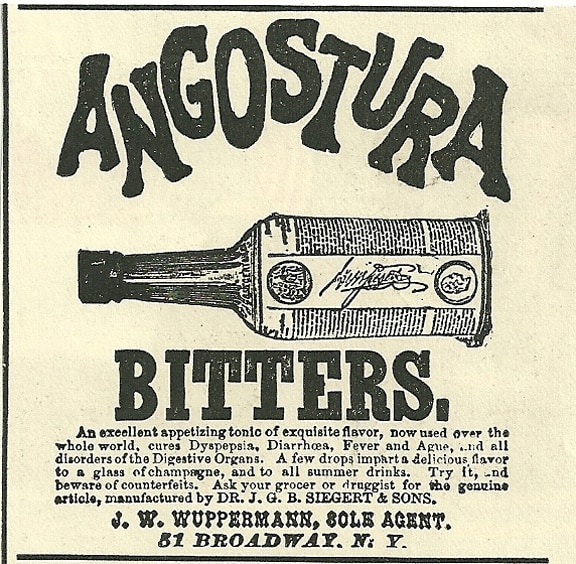
![]() Two things I didn’t know…until last night. Frank Morgan (born Wuppermann) from The Wizard of Oz, played five parts in the movie. I suppose I just thought it was two parts, the black & white medicine man, and of course, the wizard. I also did not know that the Morgan aka Wuppermann family earned its wealth distributing Angostura Bitters which is a concentrated bitters made of water, 44.7% alcohol, herbs and spices. The recipe was developed as a tonic by German Dr. Johann Gottlieb Benjamin Siegert, a Surgeon General in Simon Bolivar’s army in Venezuela, who began to sell it in 1824 and established a distillery for the purpose in 1830. Siegert was based in the town of Angostura, now Ciudad Bolívar, and used locally available ingredients, perhaps aided by botanical knowledge of the local Amerindians.
Two things I didn’t know…until last night. Frank Morgan (born Wuppermann) from The Wizard of Oz, played five parts in the movie. I suppose I just thought it was two parts, the black & white medicine man, and of course, the wizard. I also did not know that the Morgan aka Wuppermann family earned its wealth distributing Angostura Bitters which is a concentrated bitters made of water, 44.7% alcohol, herbs and spices. The recipe was developed as a tonic by German Dr. Johann Gottlieb Benjamin Siegert, a Surgeon General in Simon Bolivar’s army in Venezuela, who began to sell it in 1824 and established a distillery for the purpose in 1830. Siegert was based in the town of Angostura, now Ciudad Bolívar, and used locally available ingredients, perhaps aided by botanical knowledge of the local Amerindians.